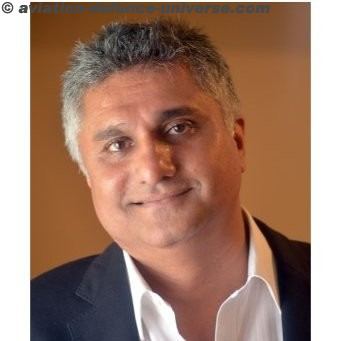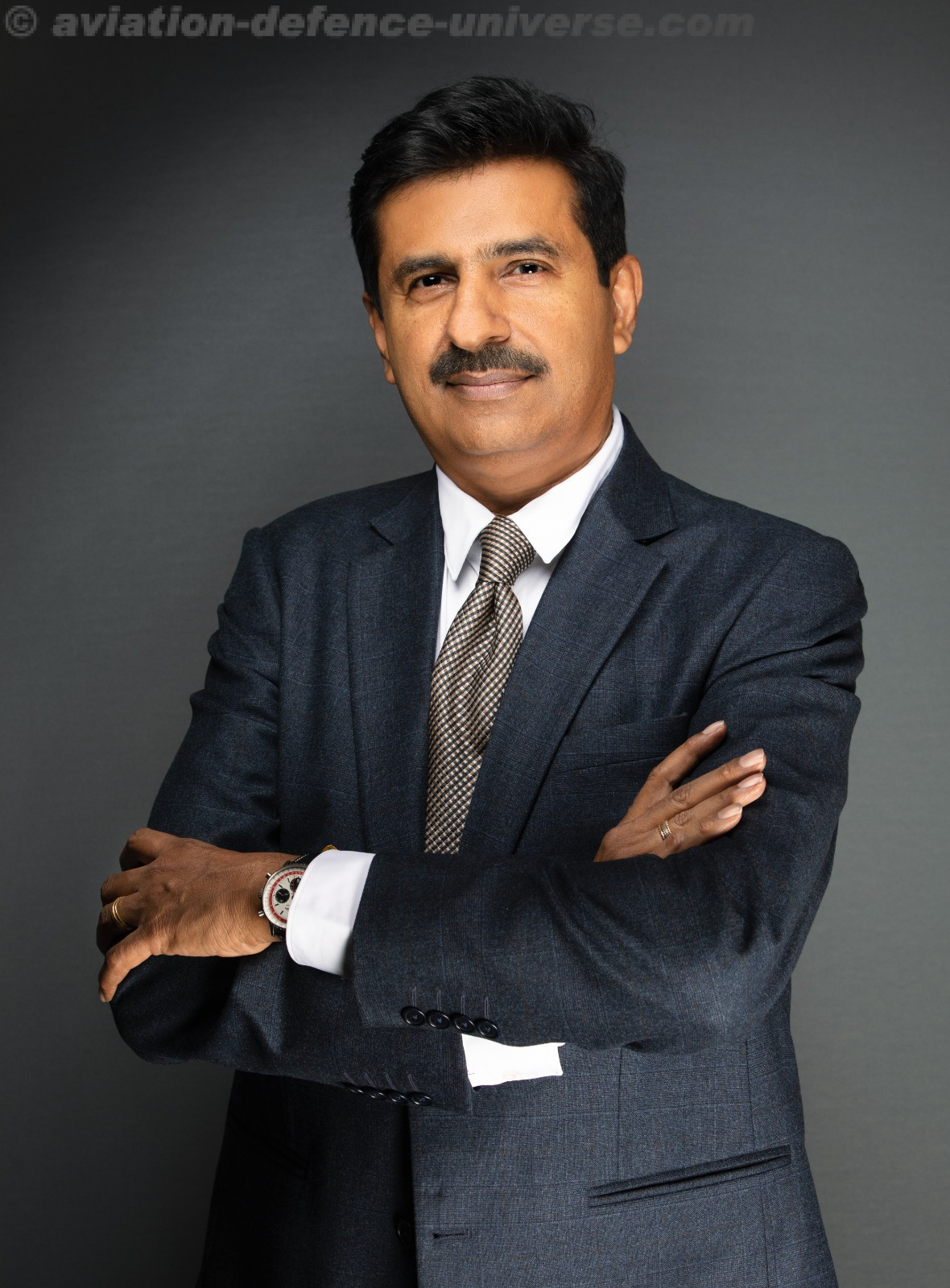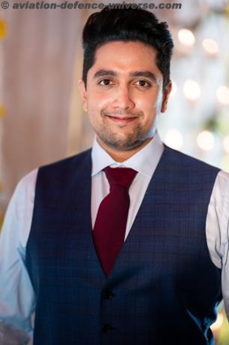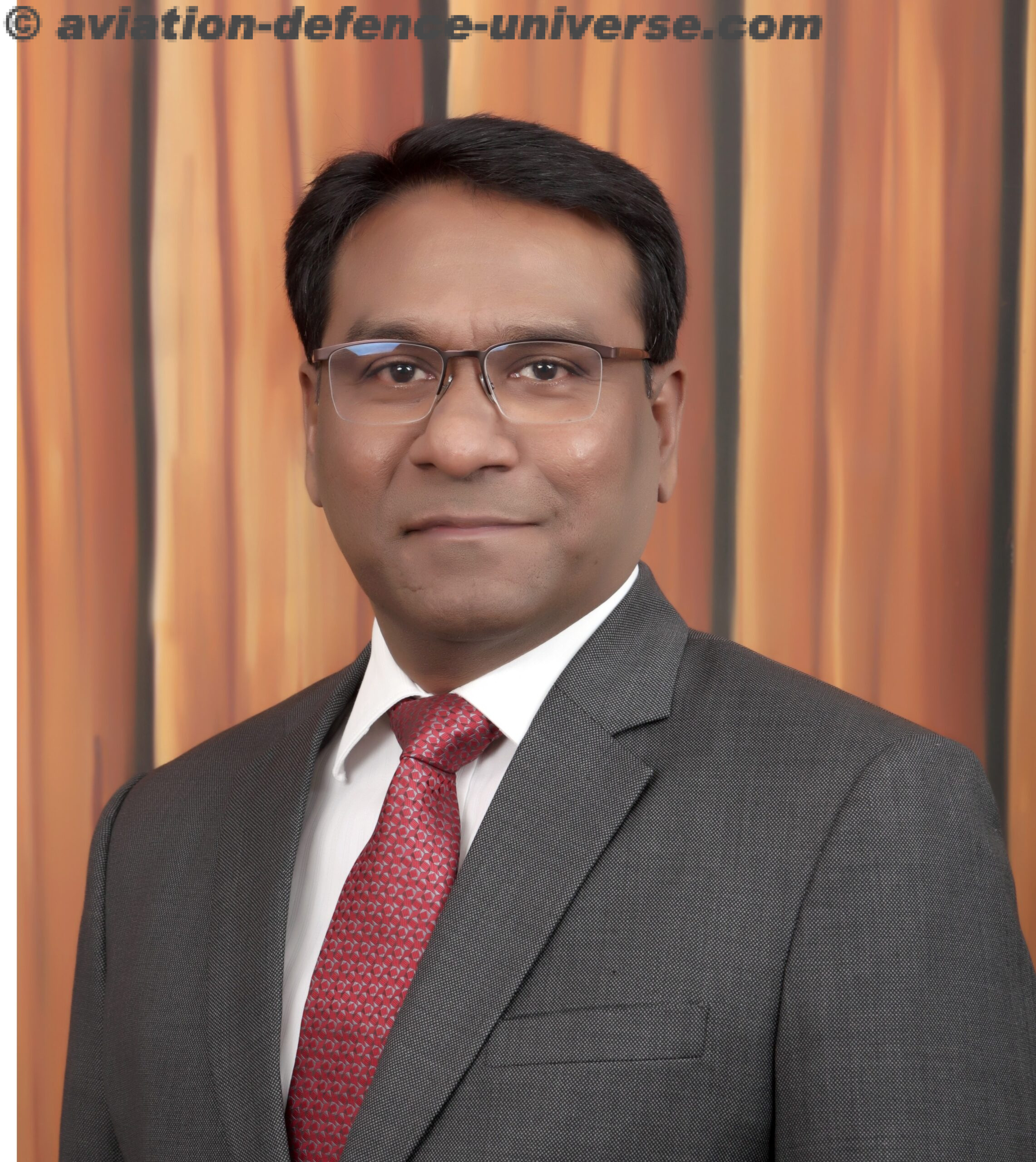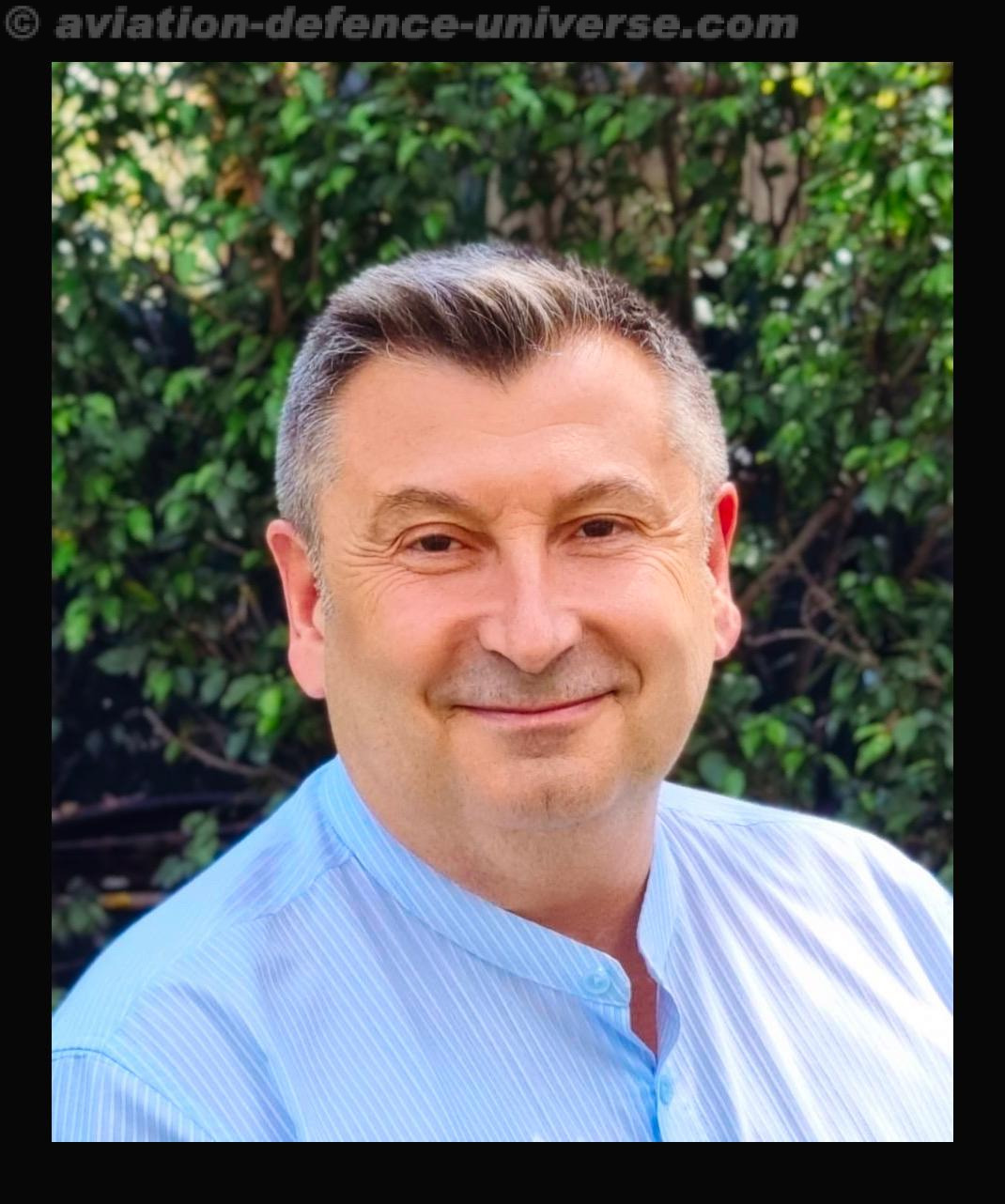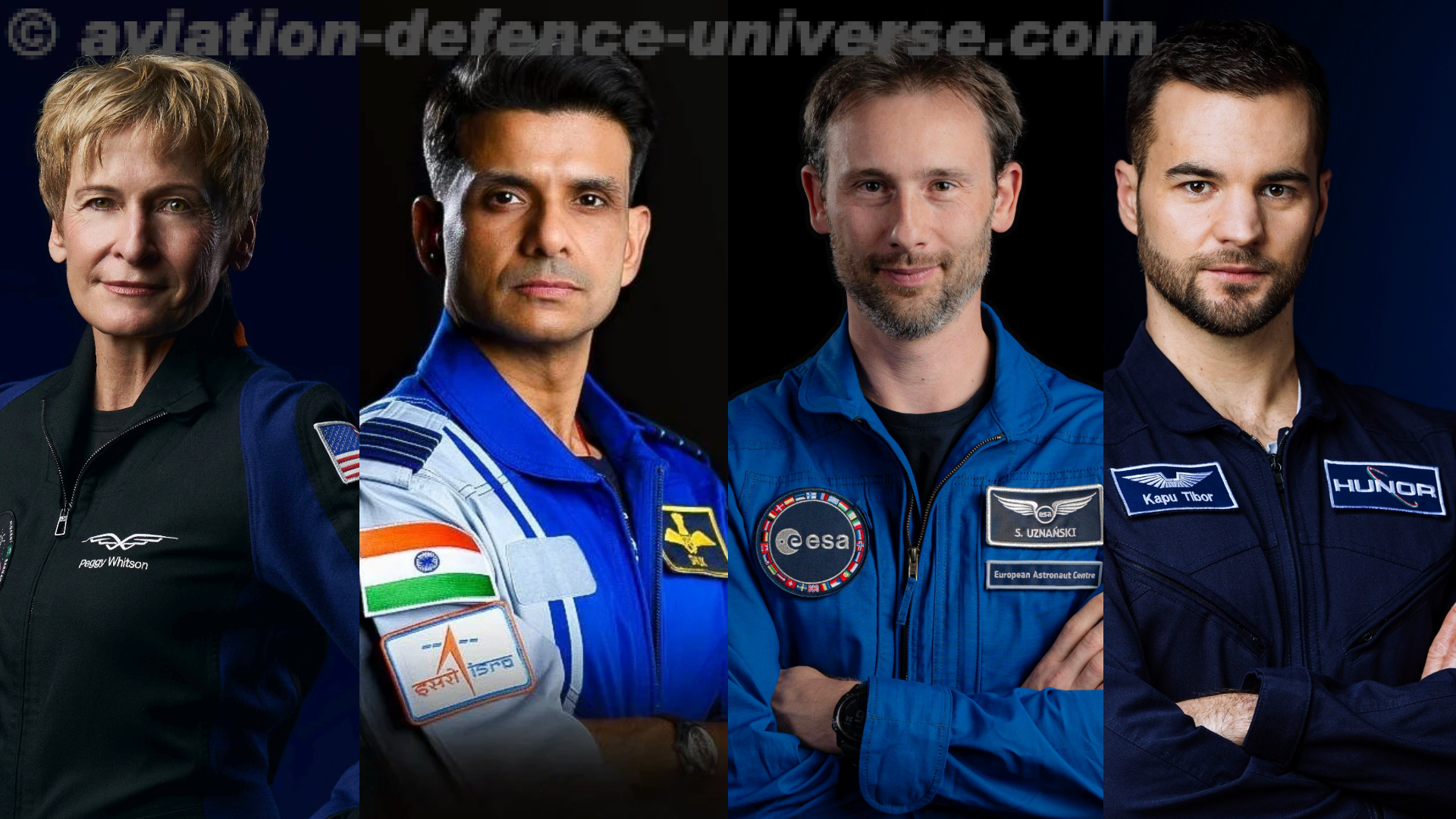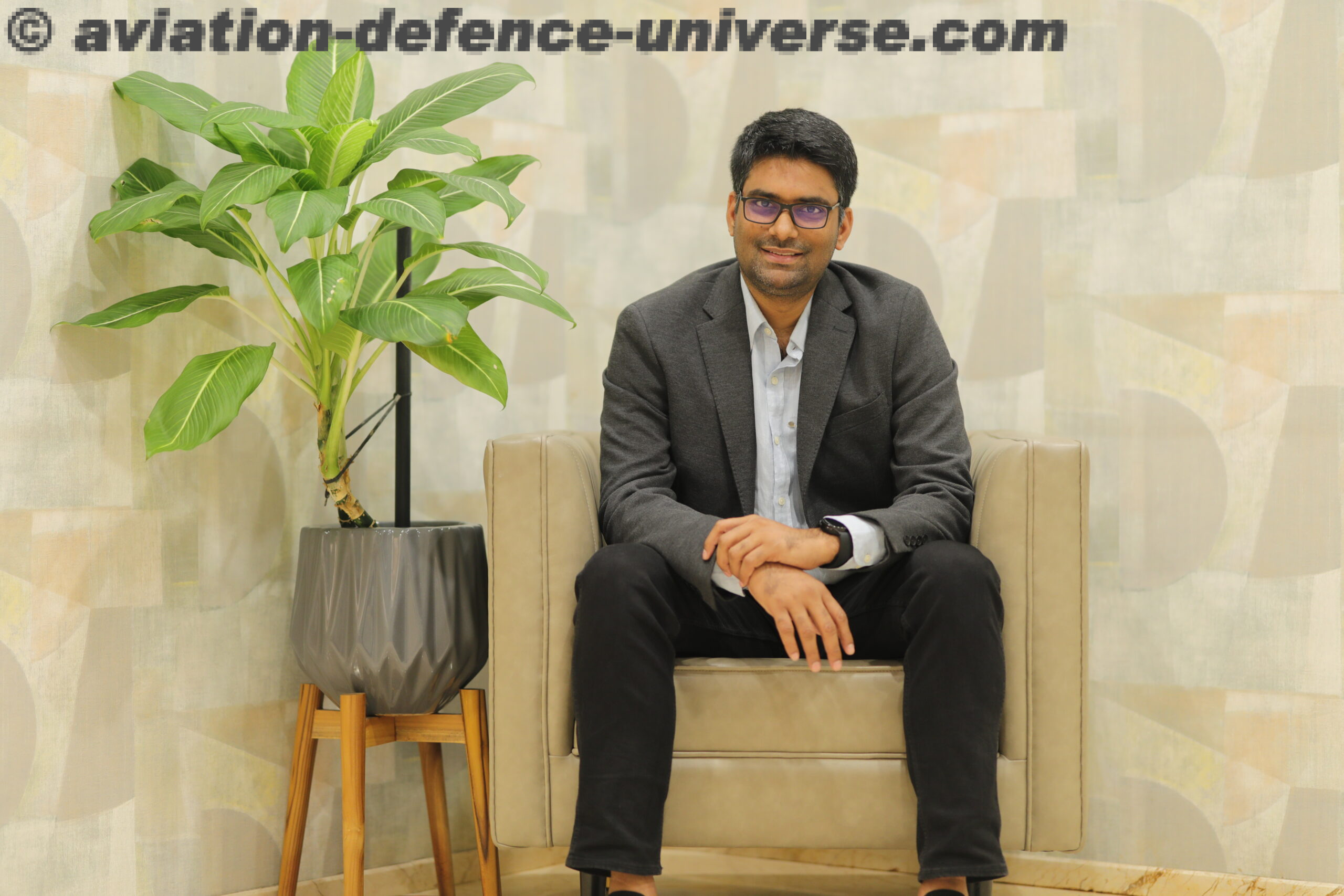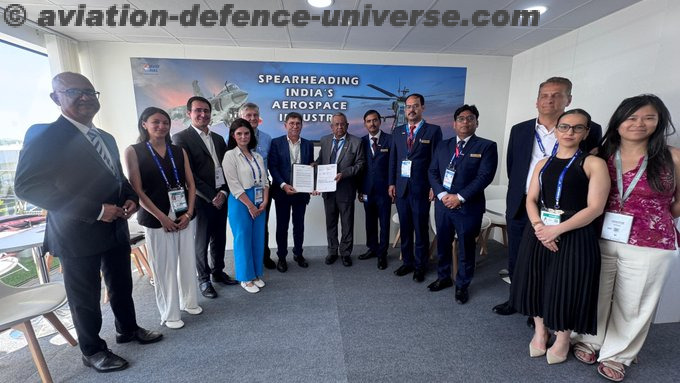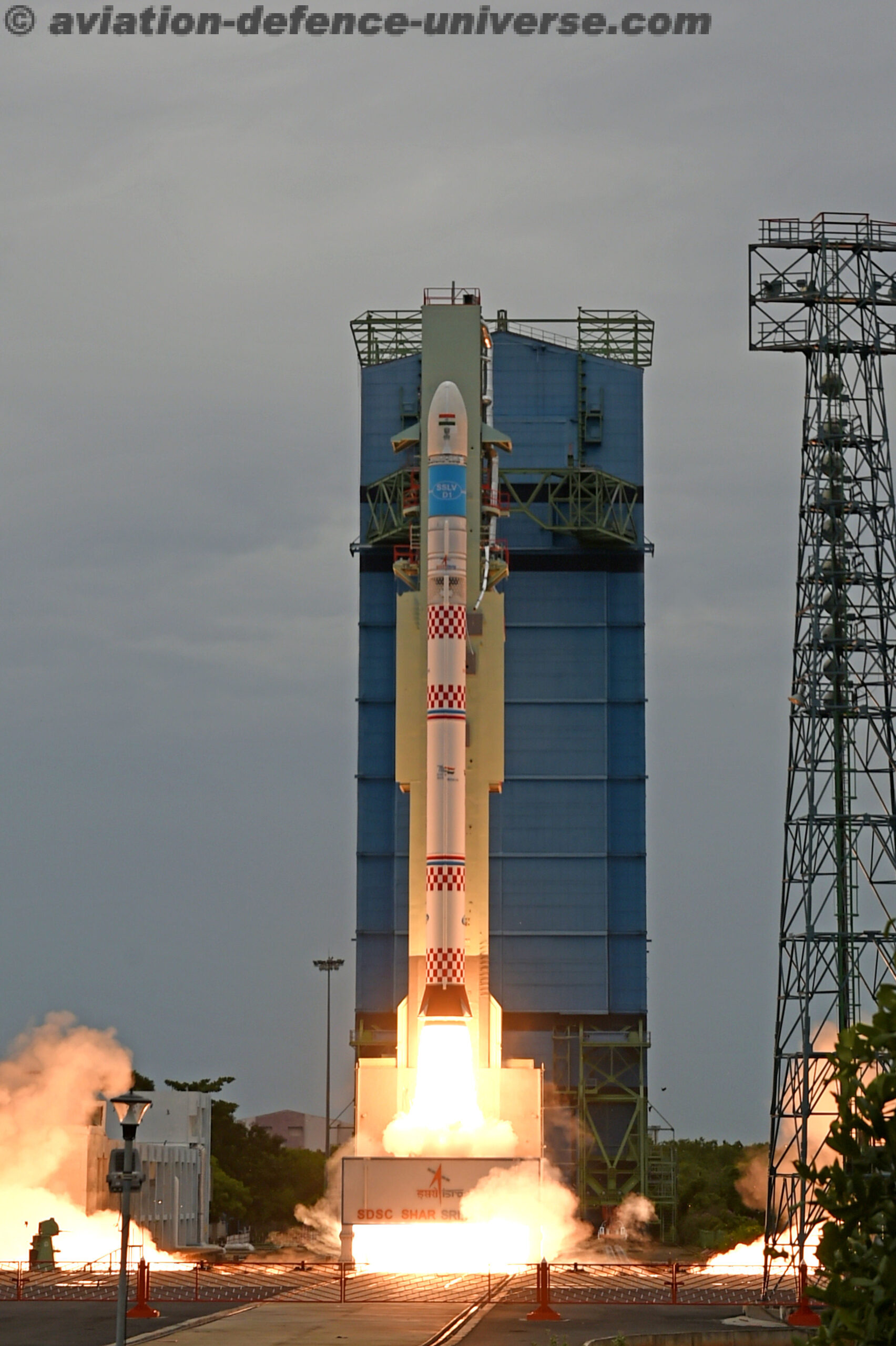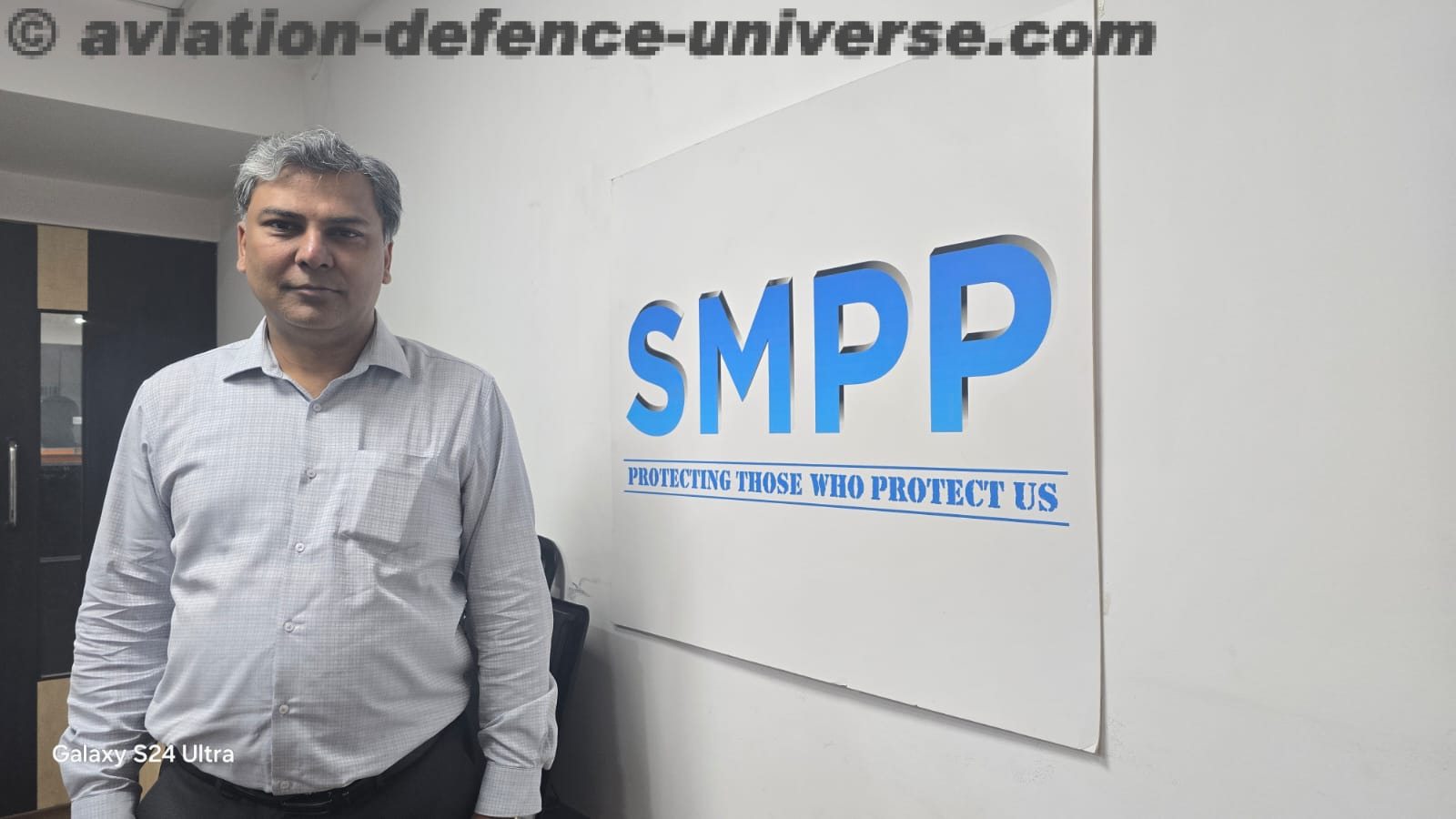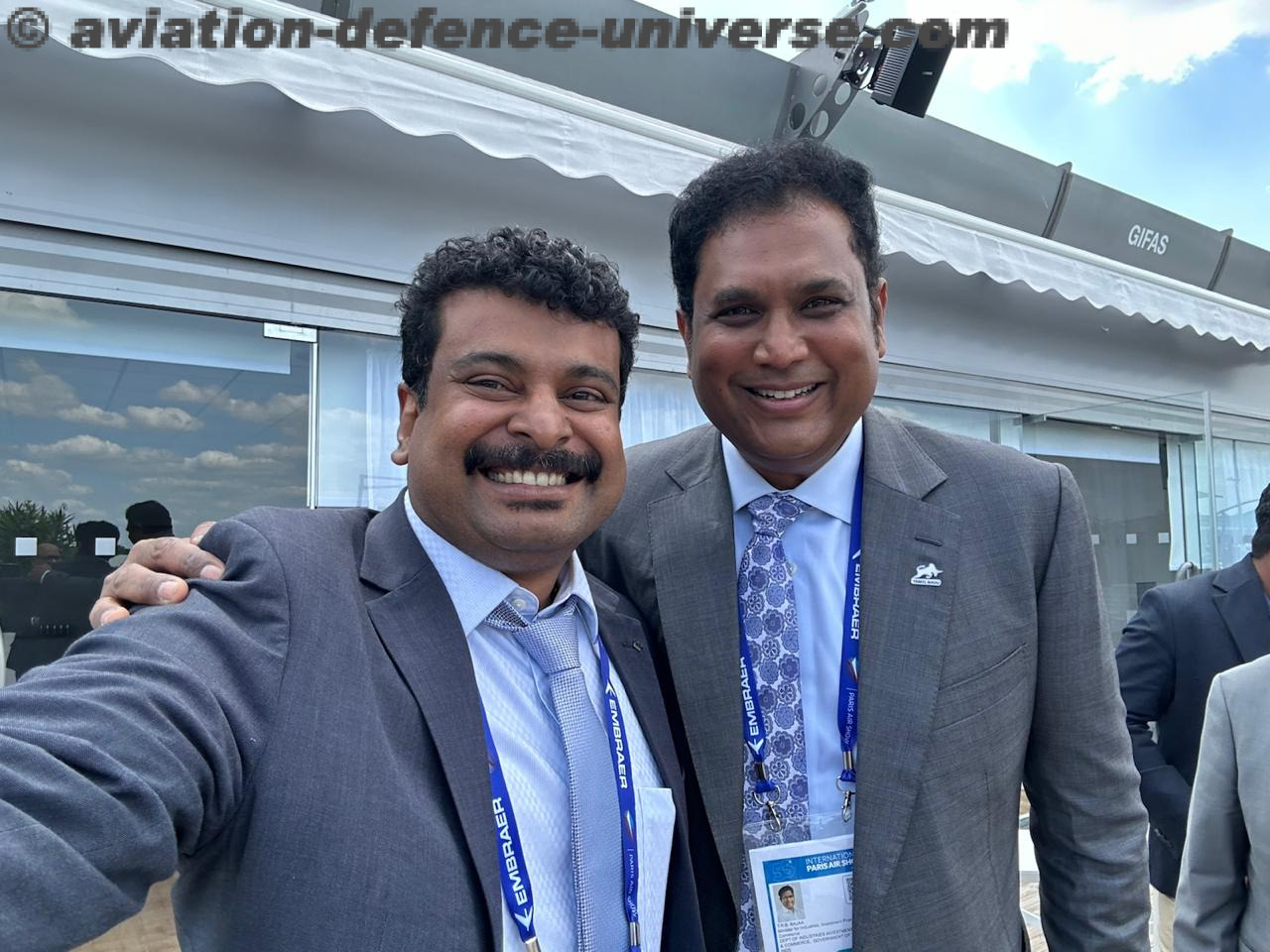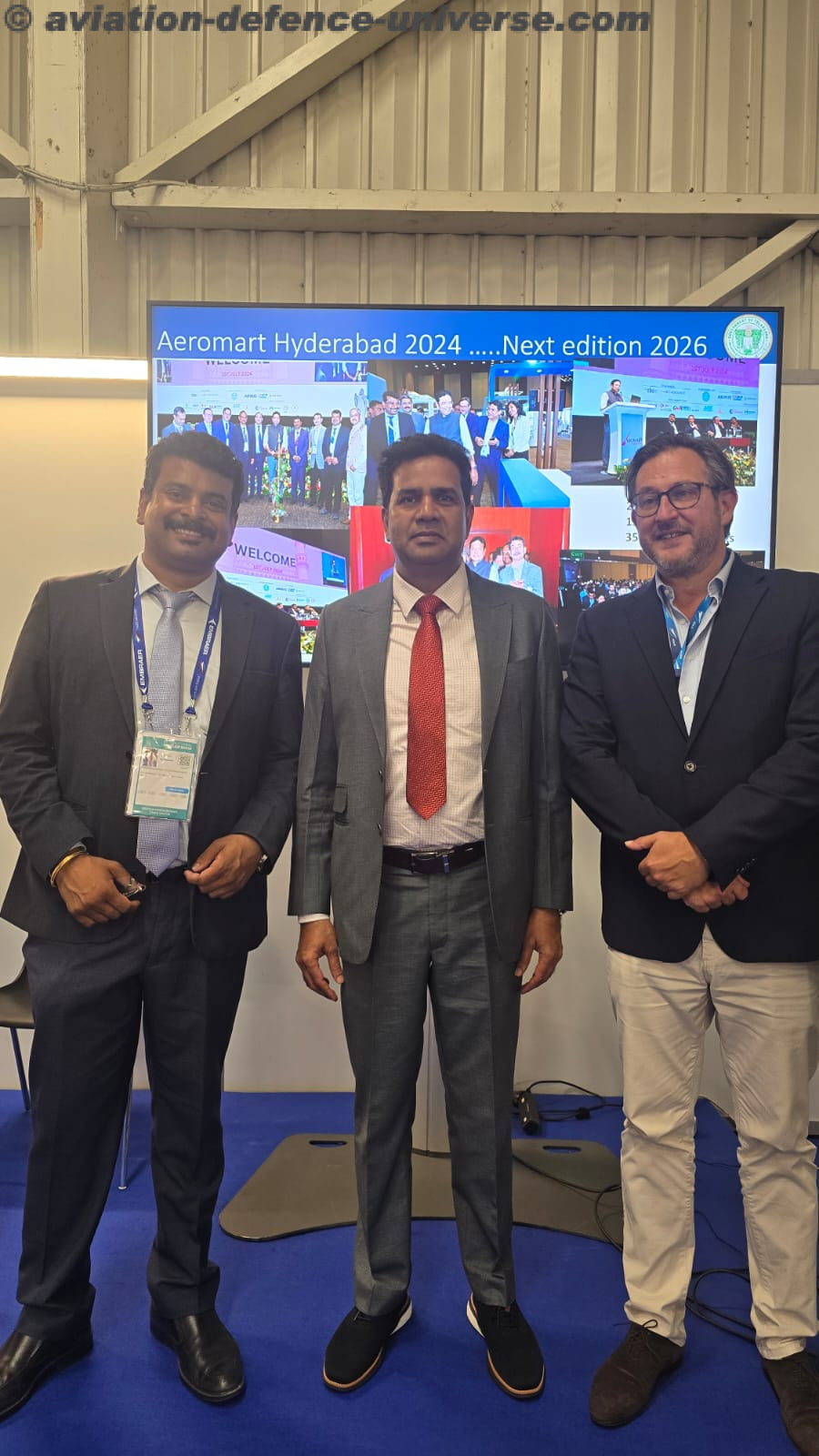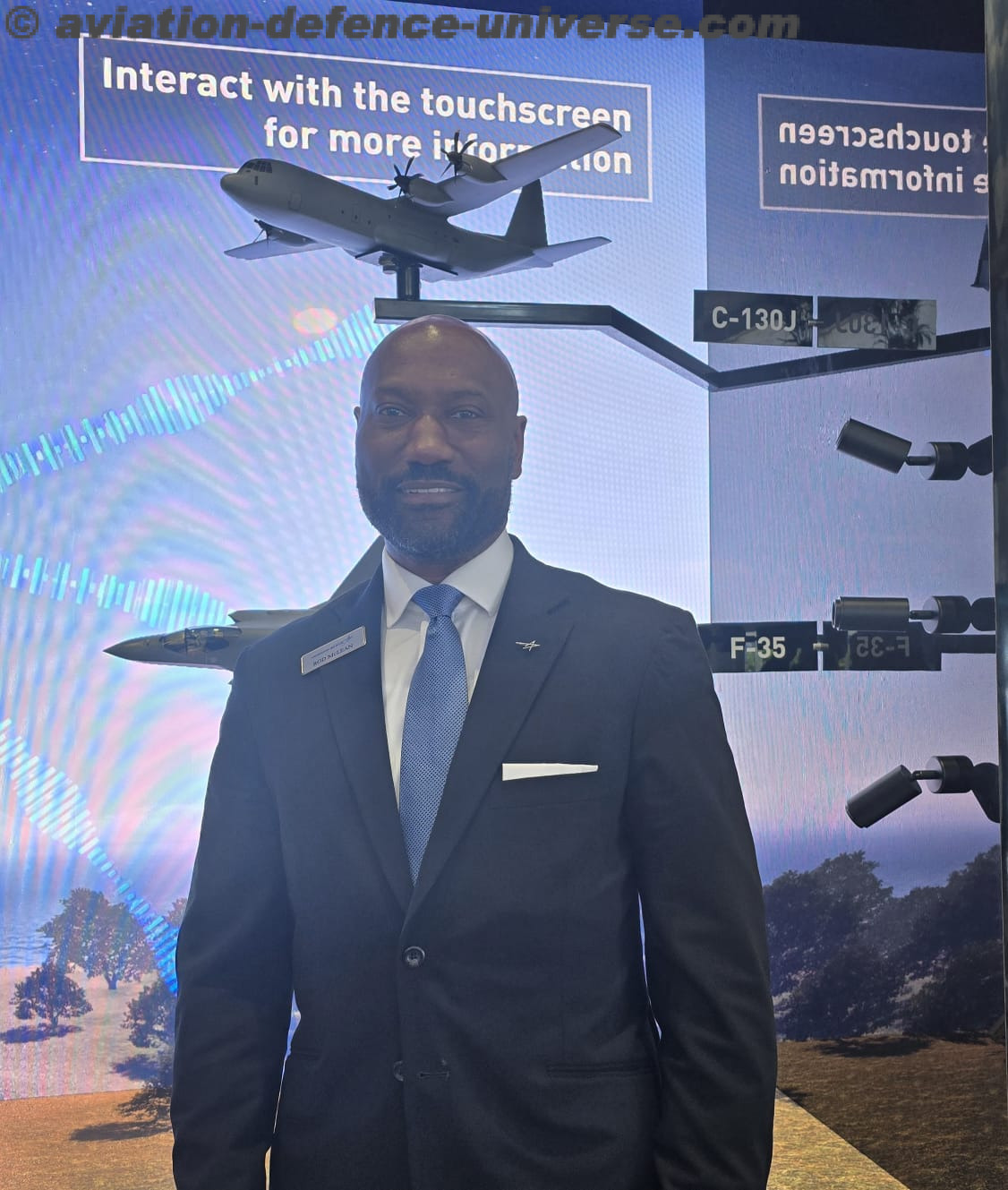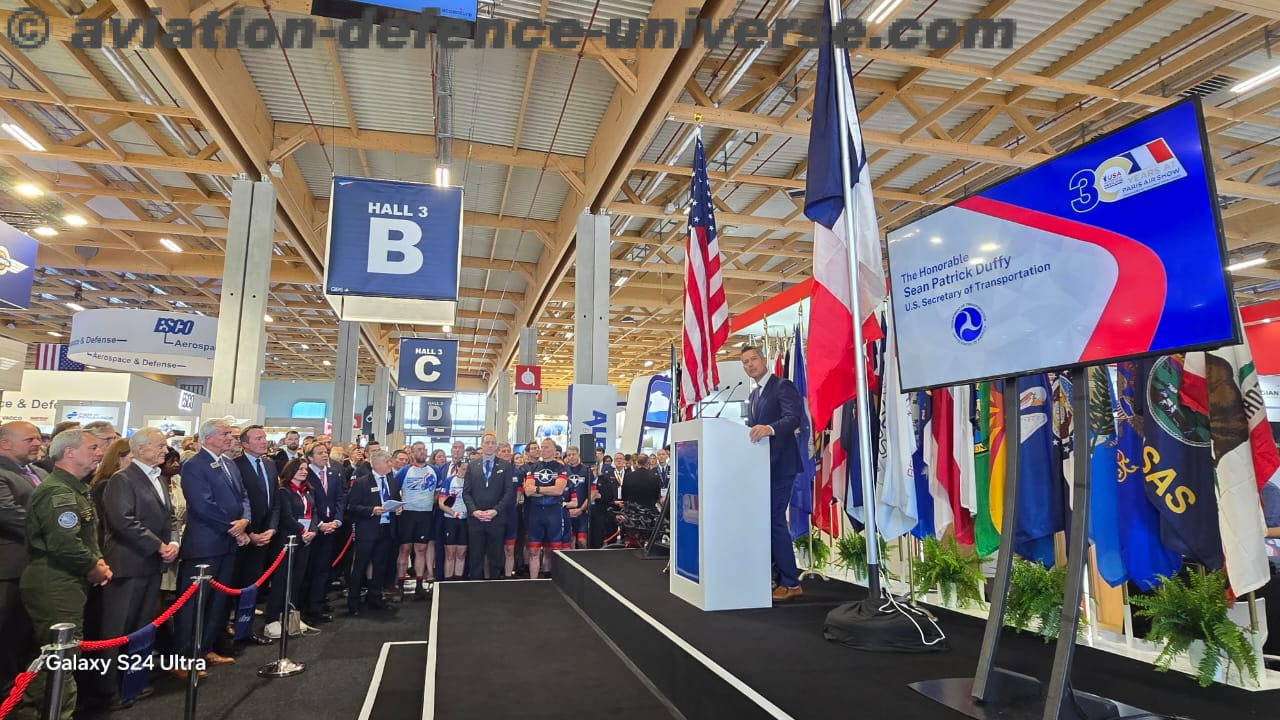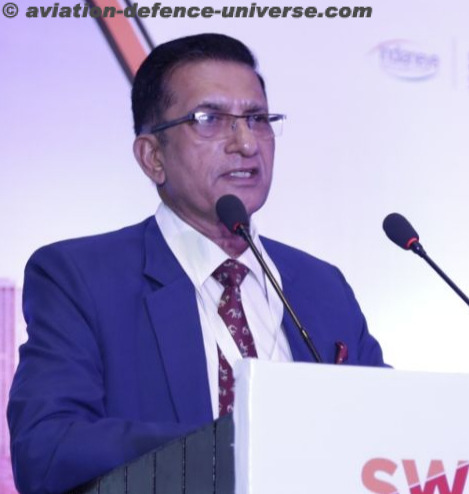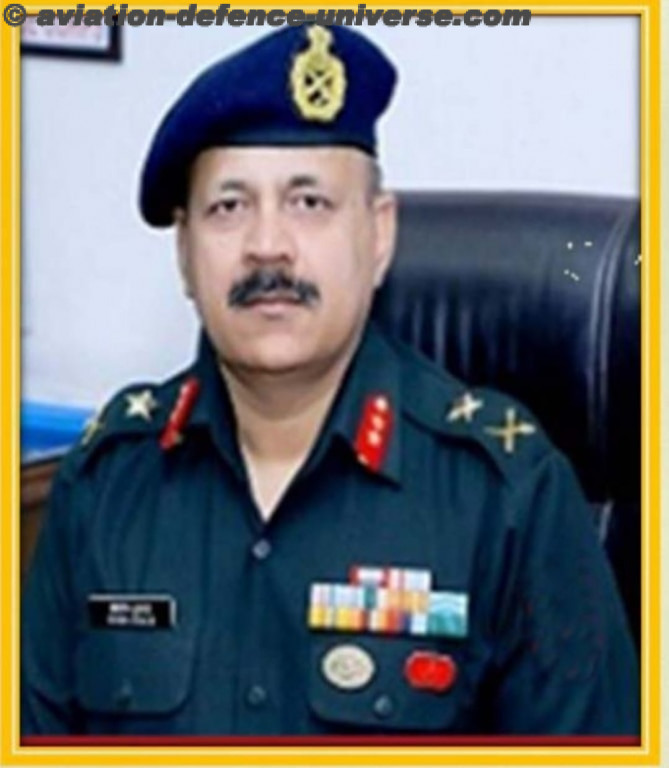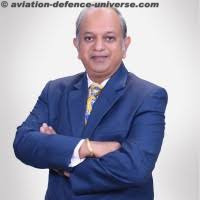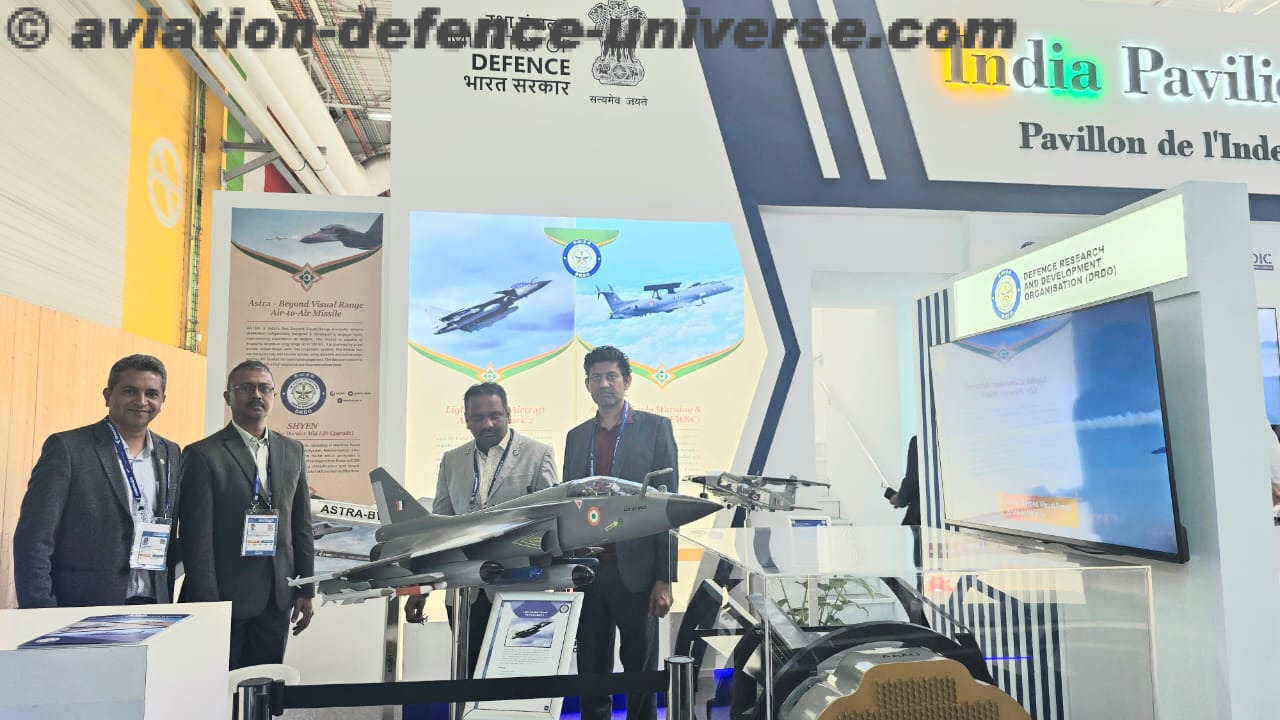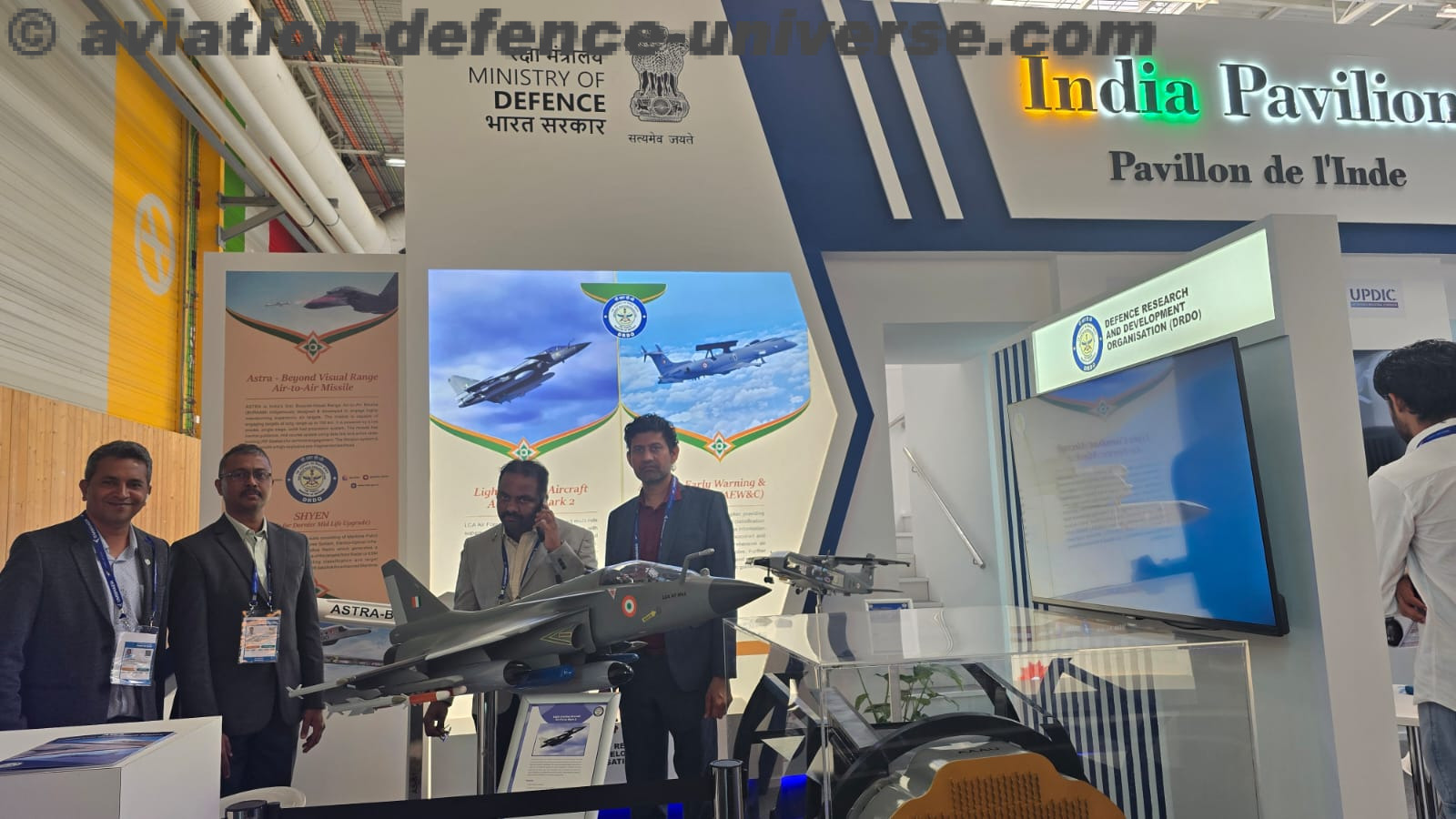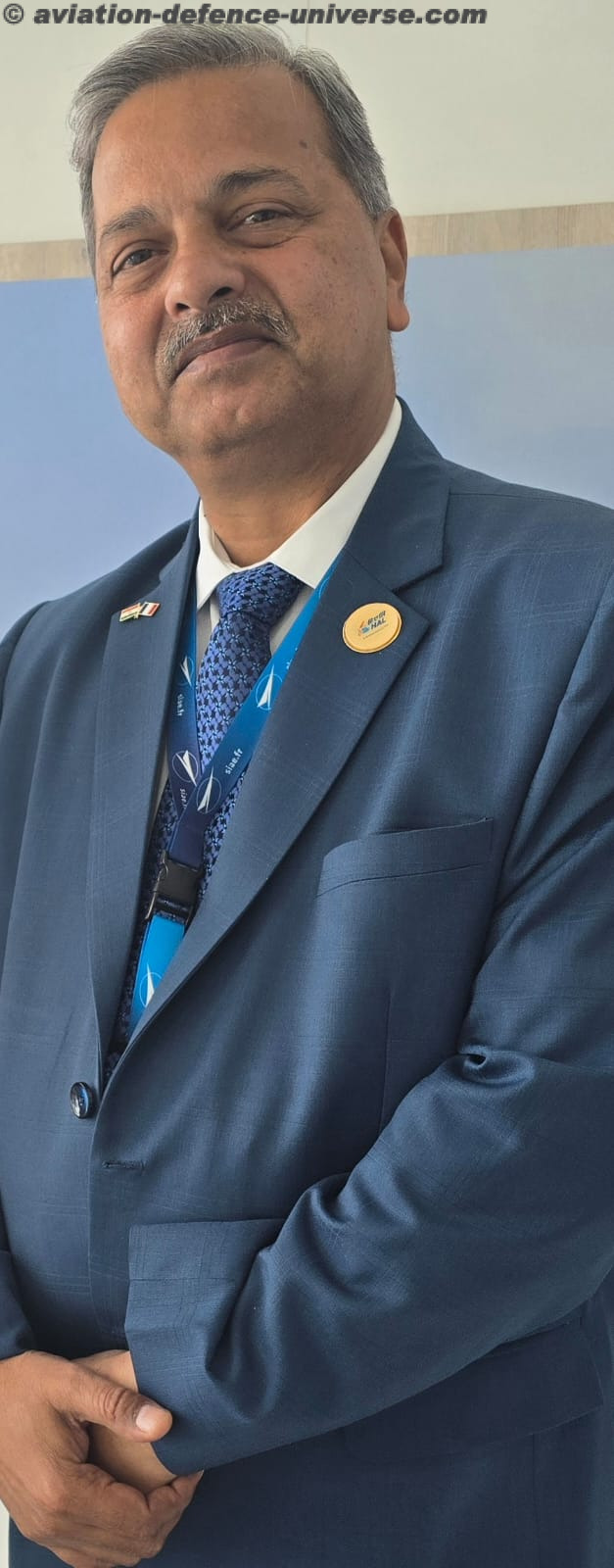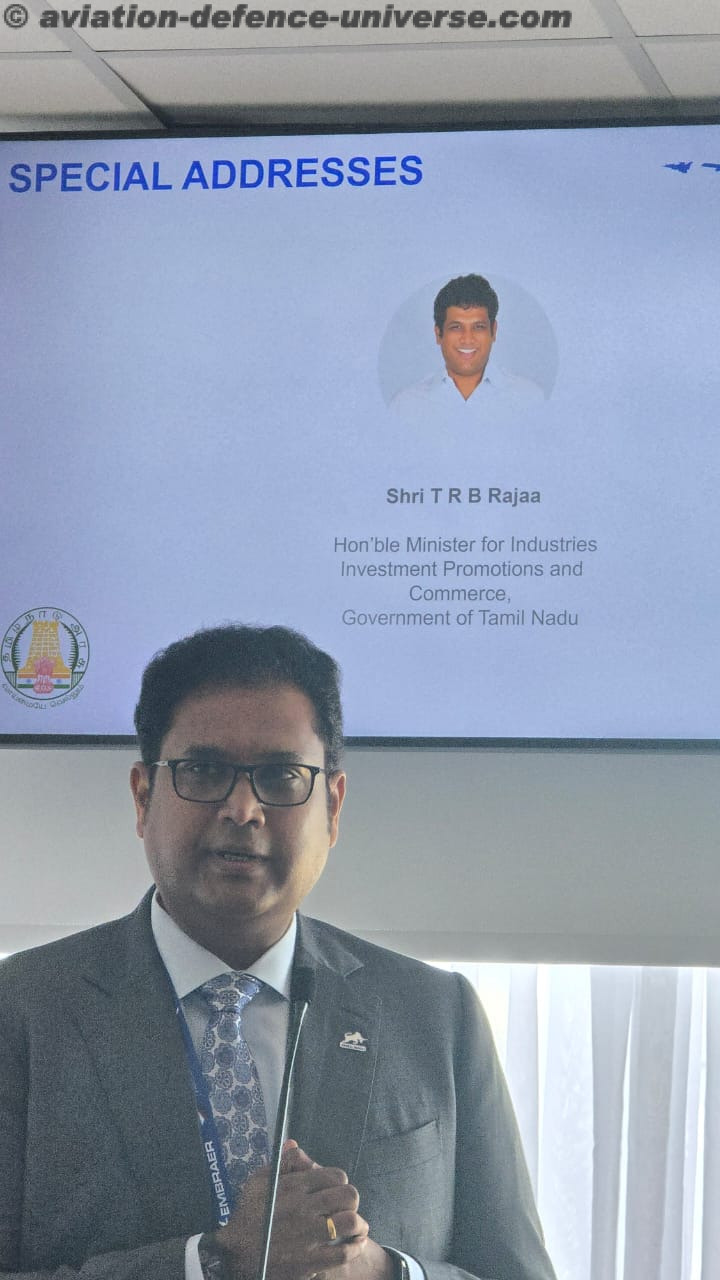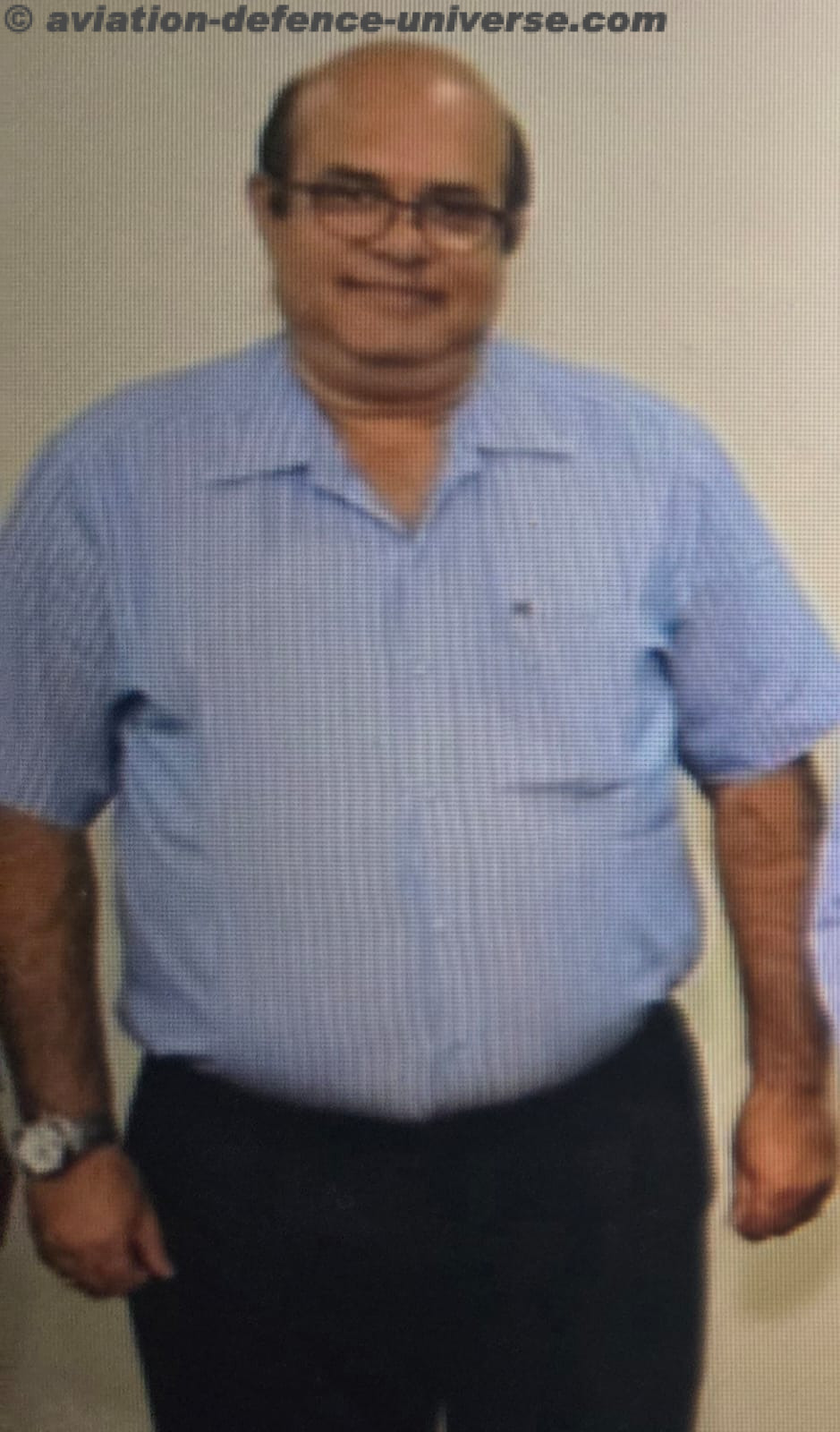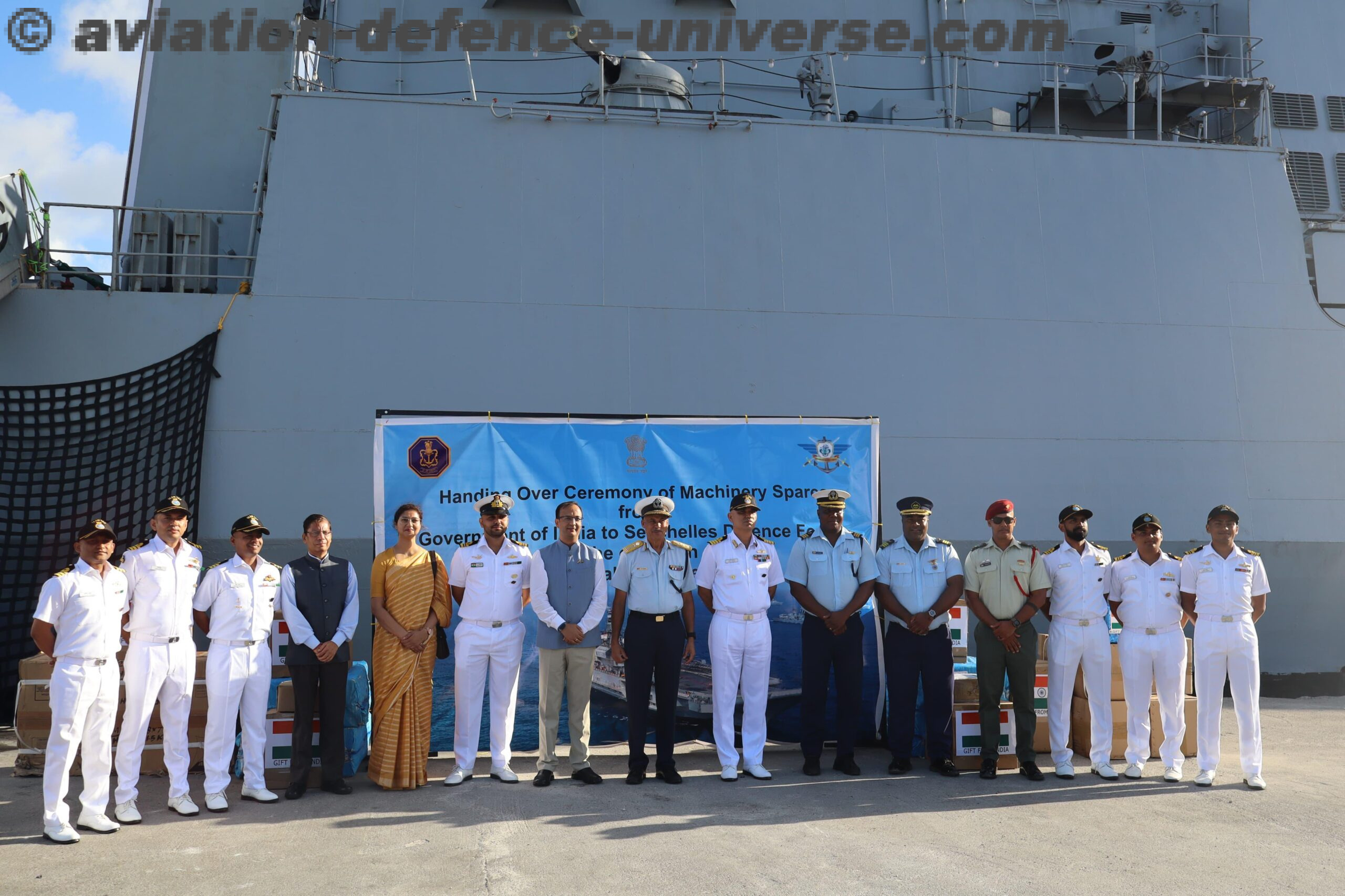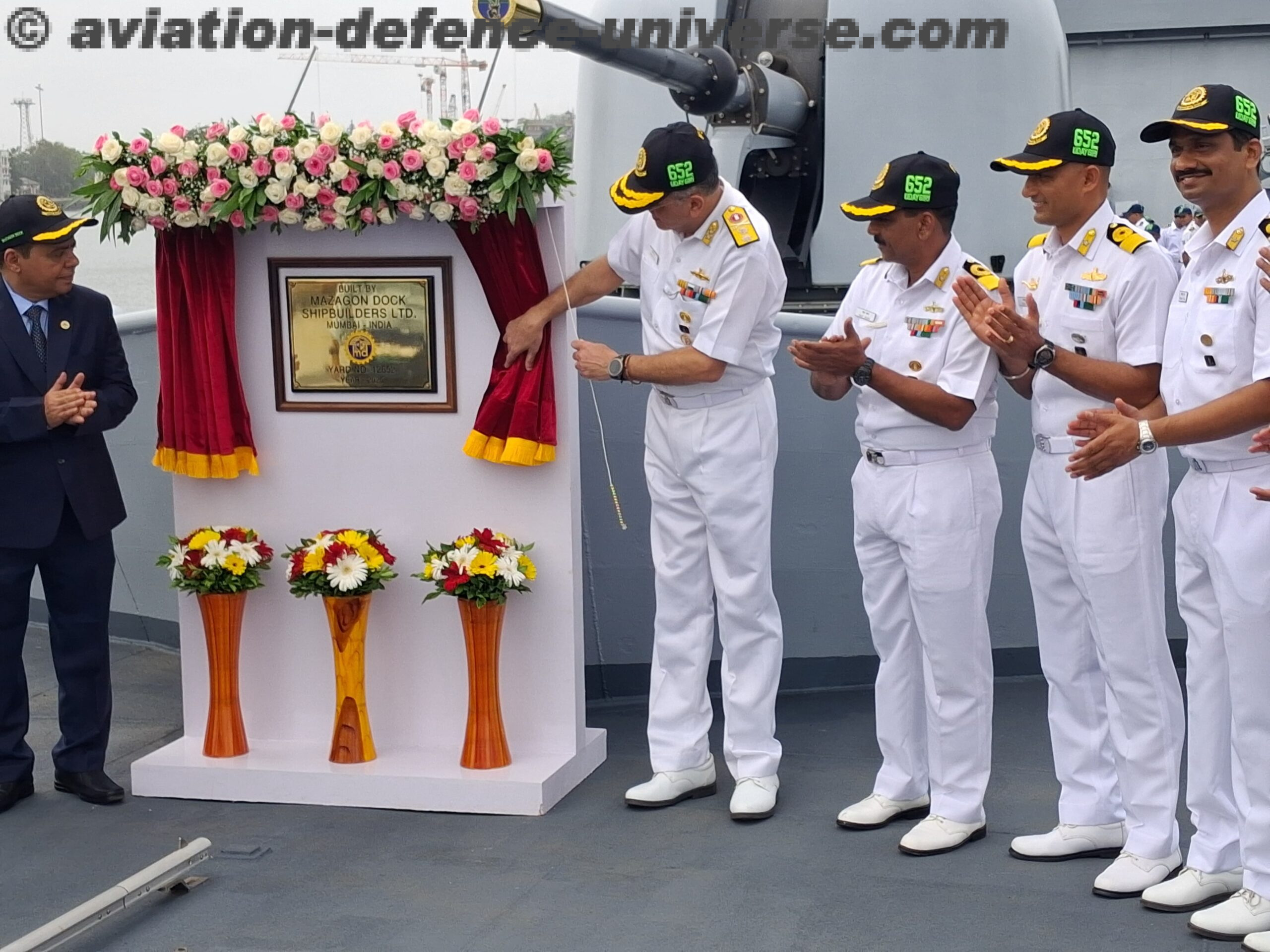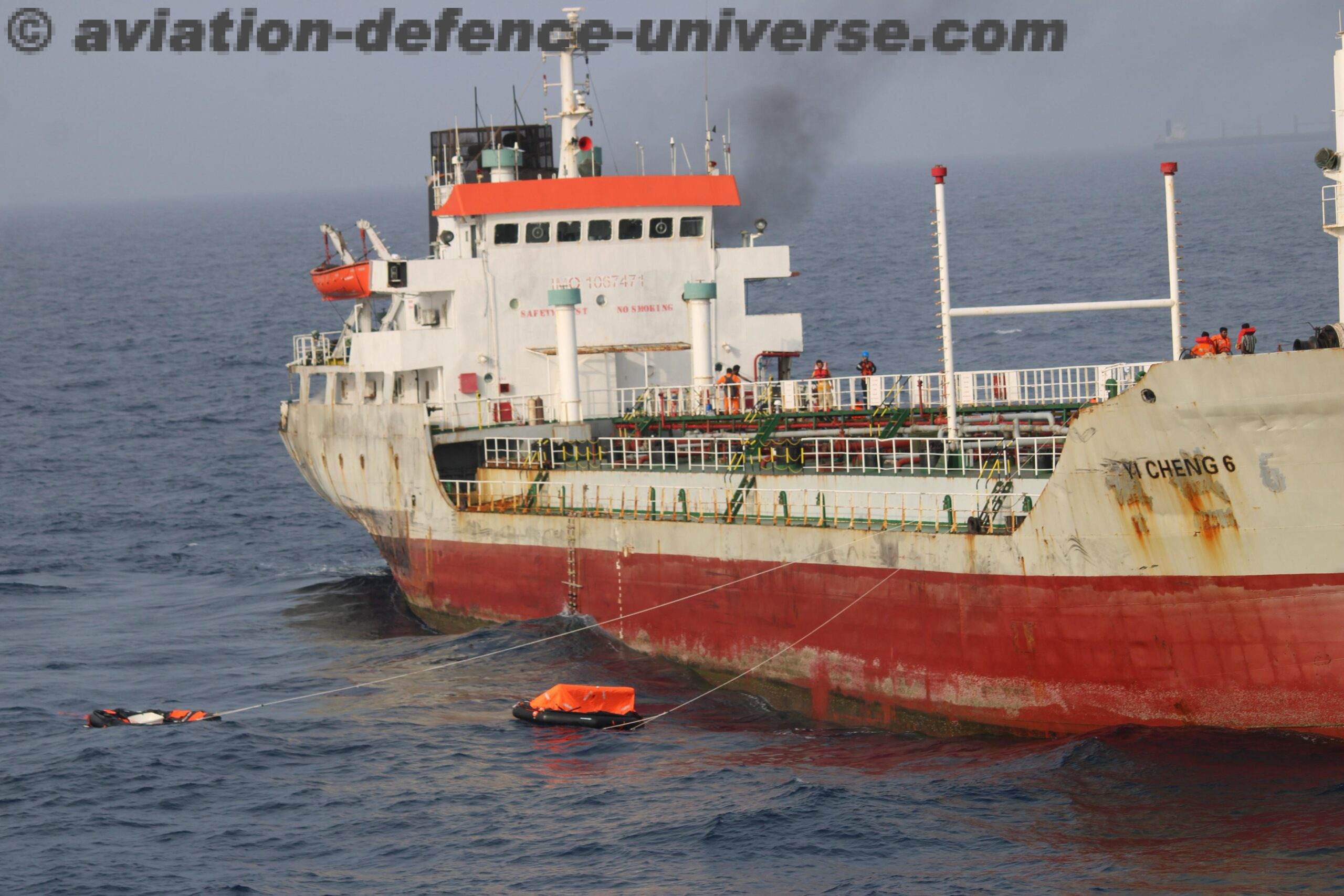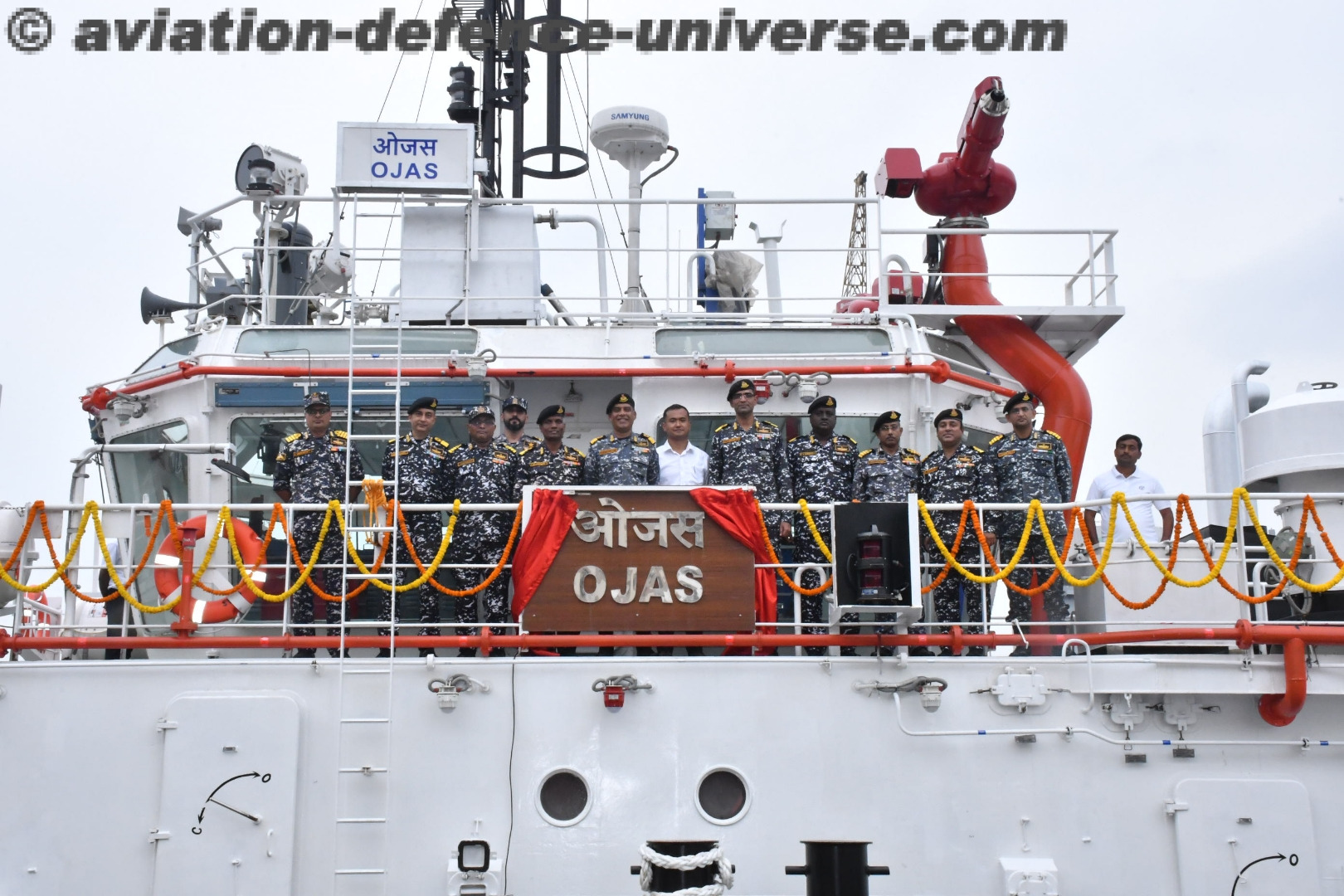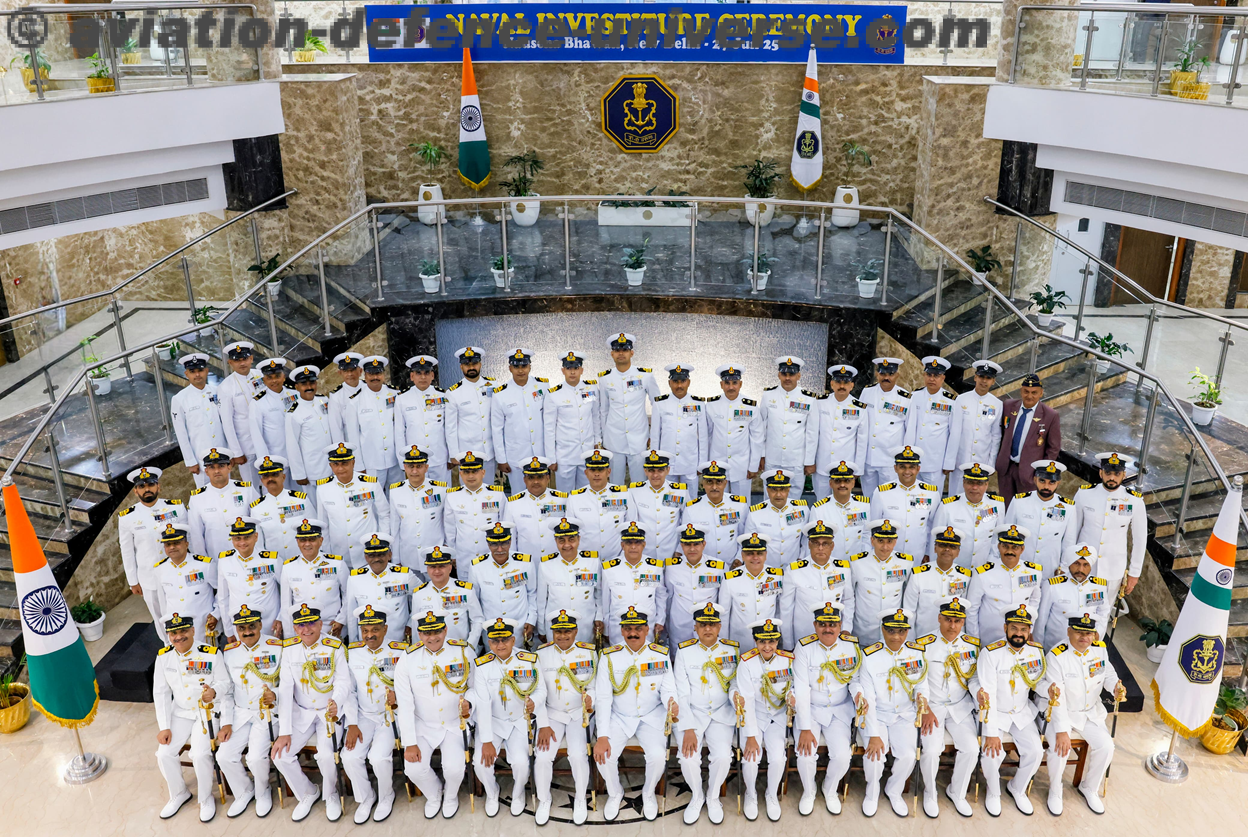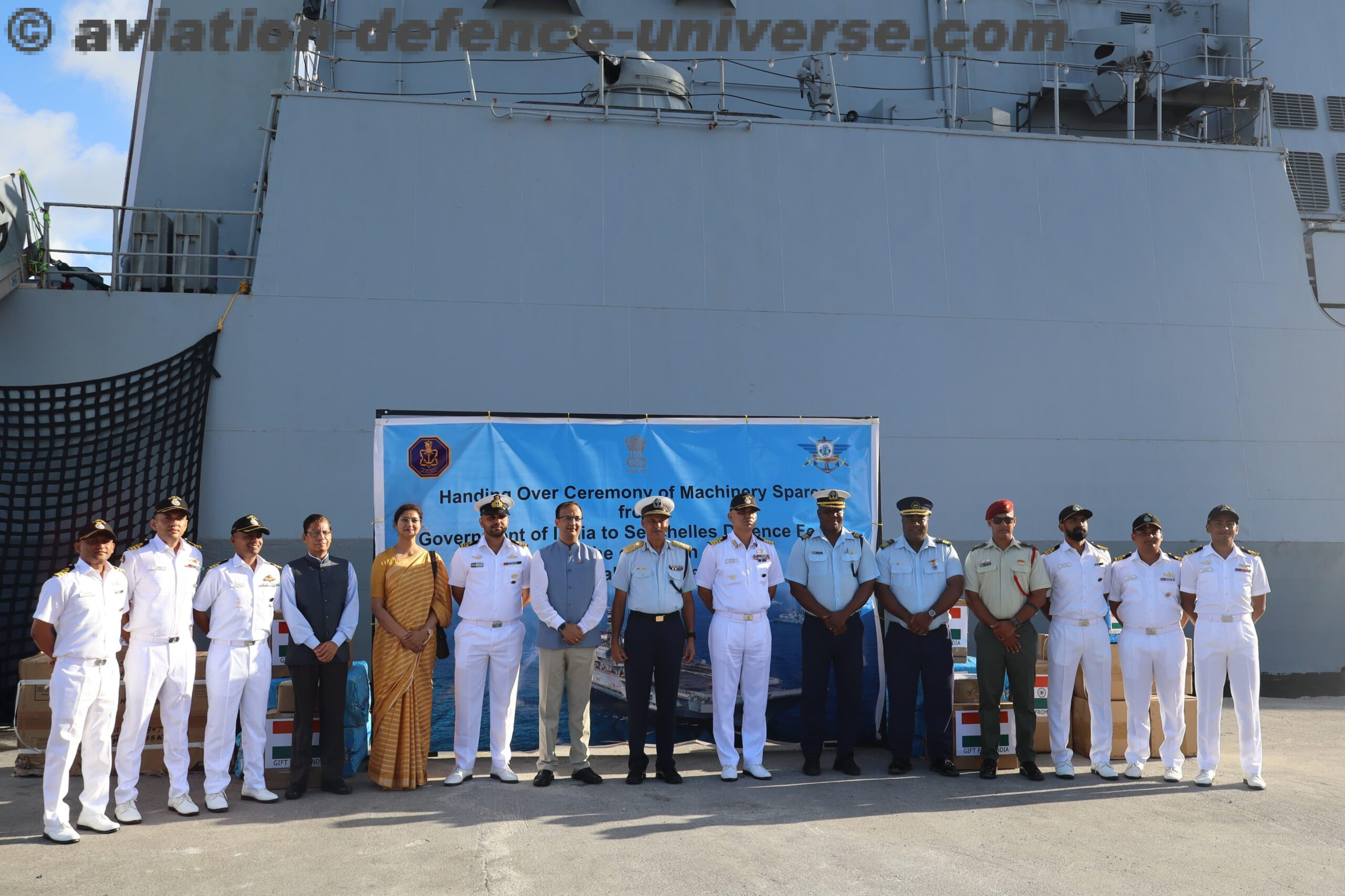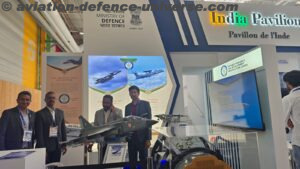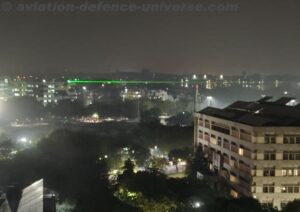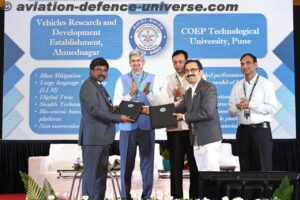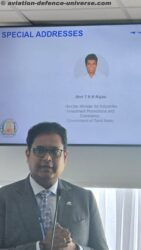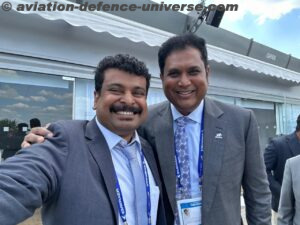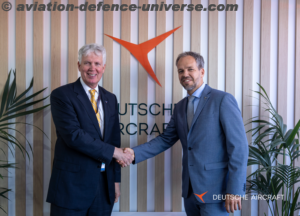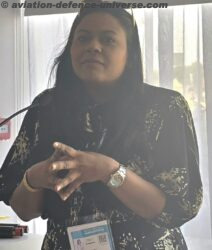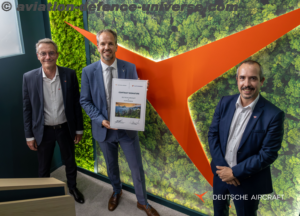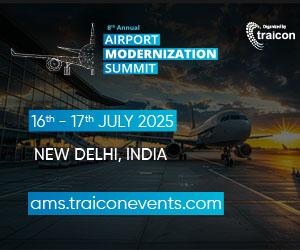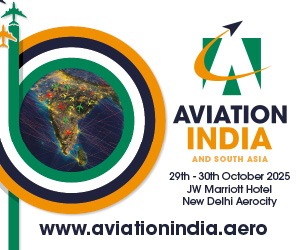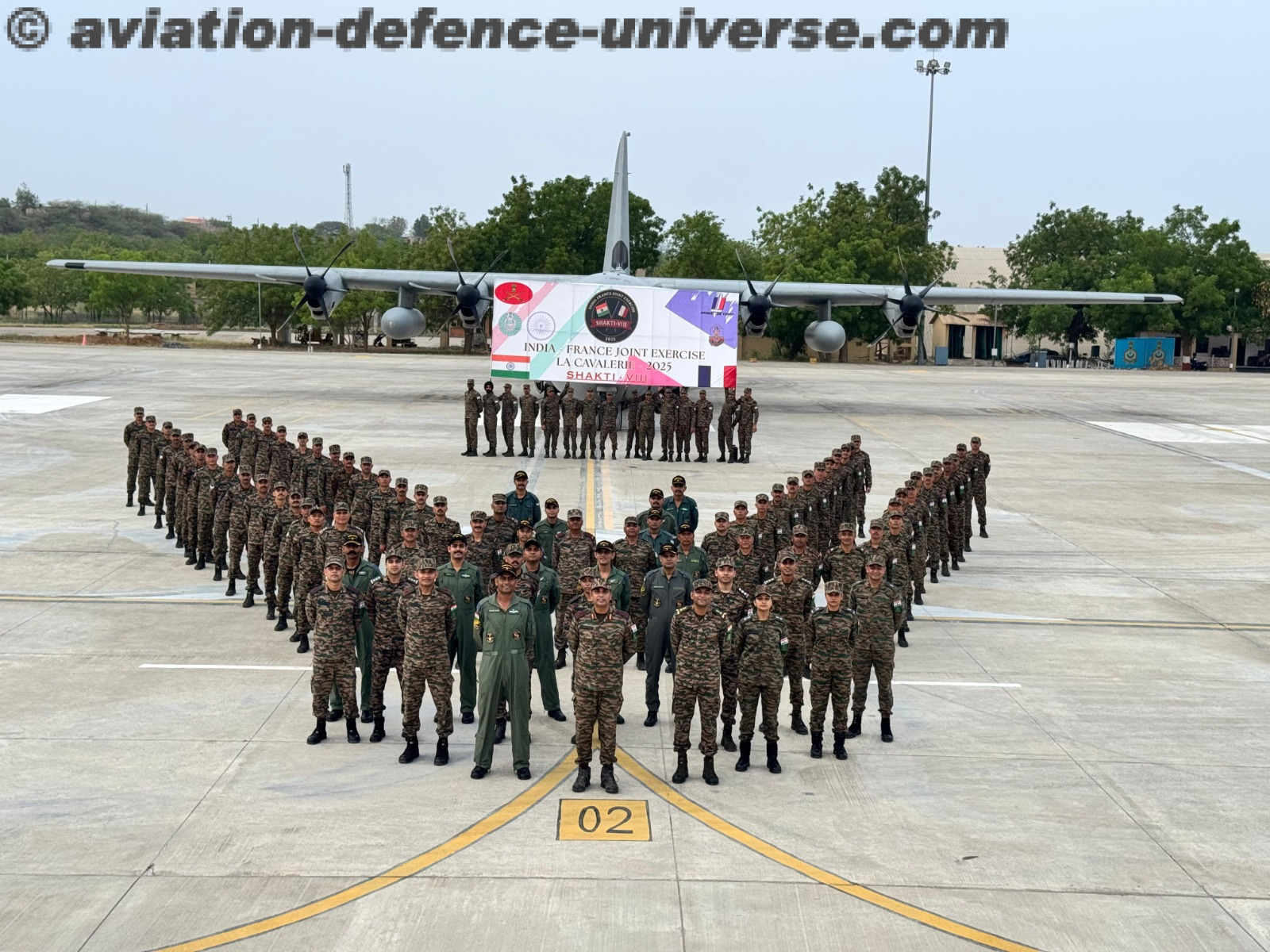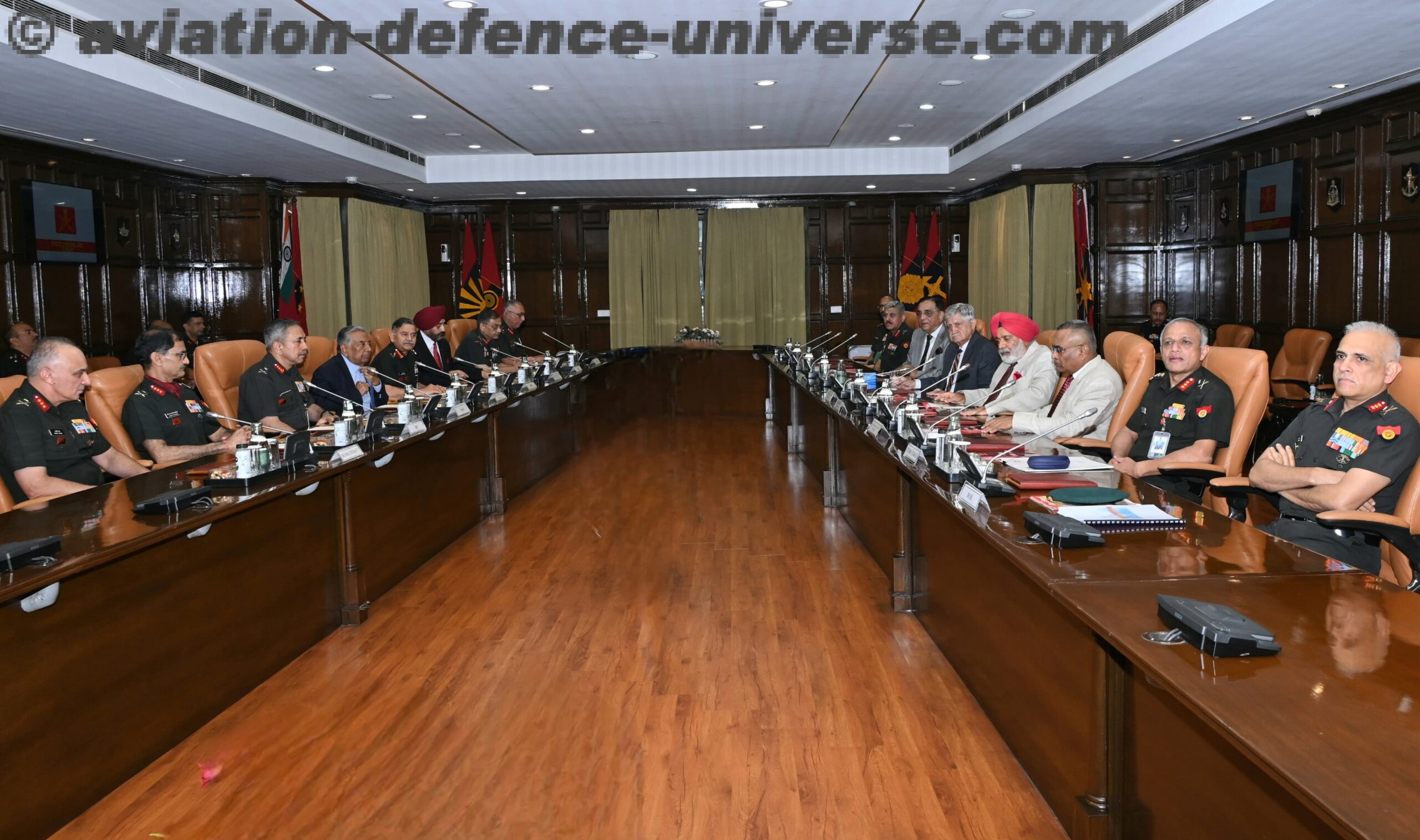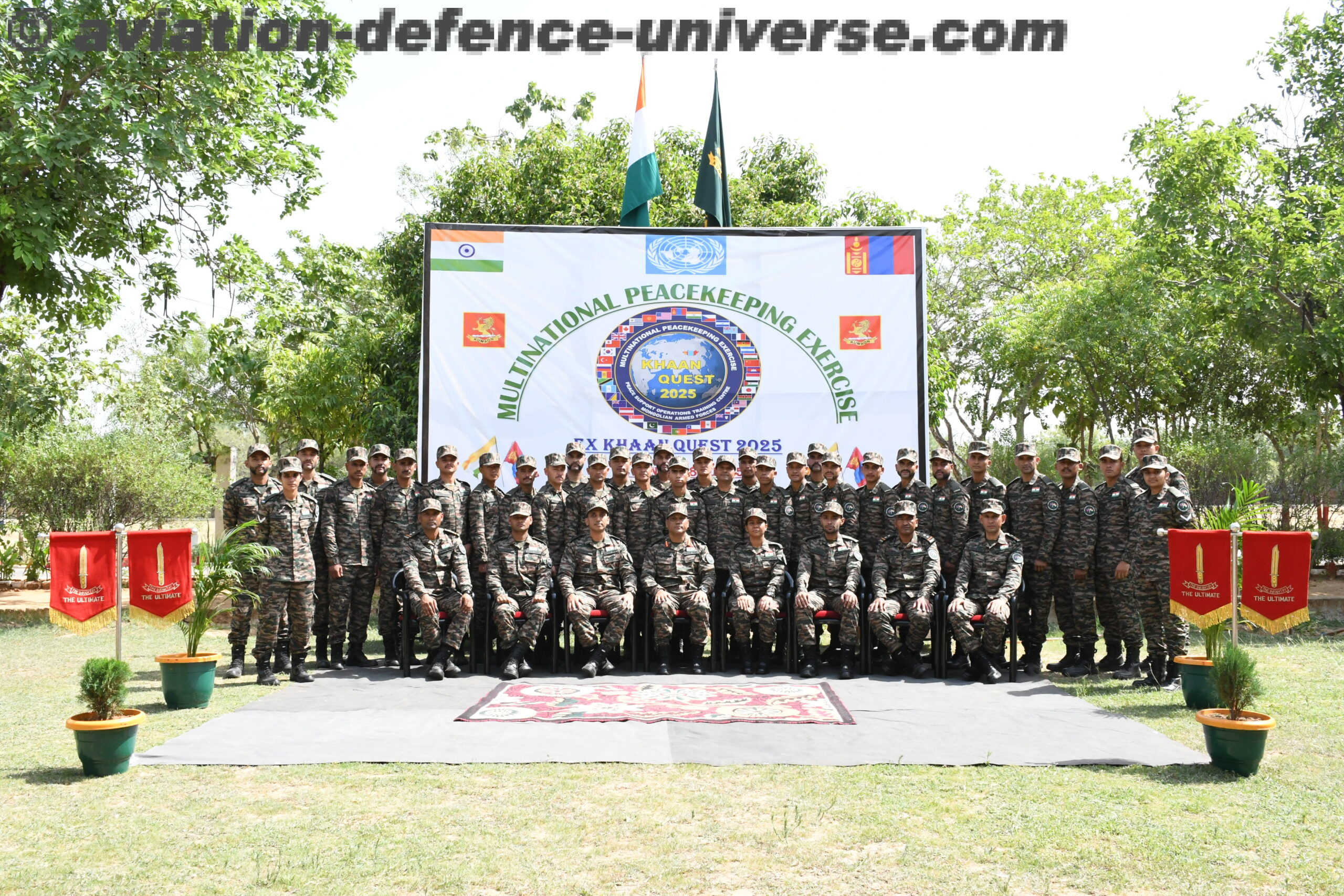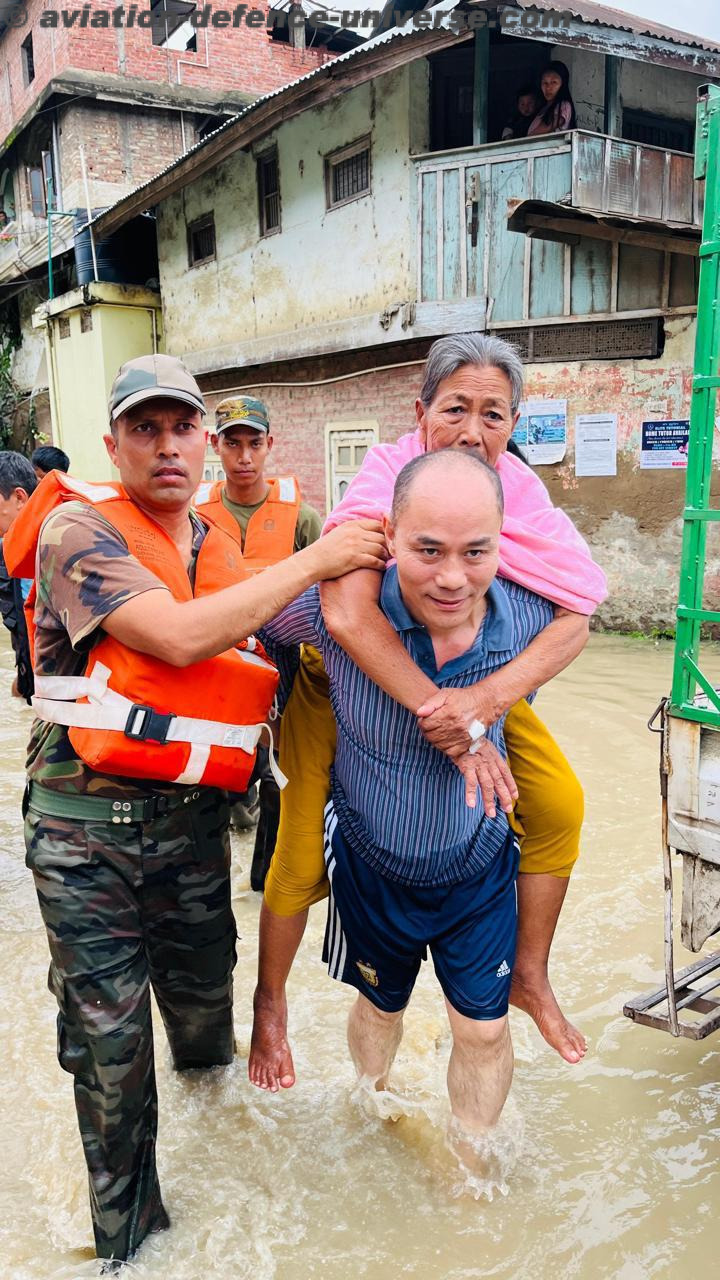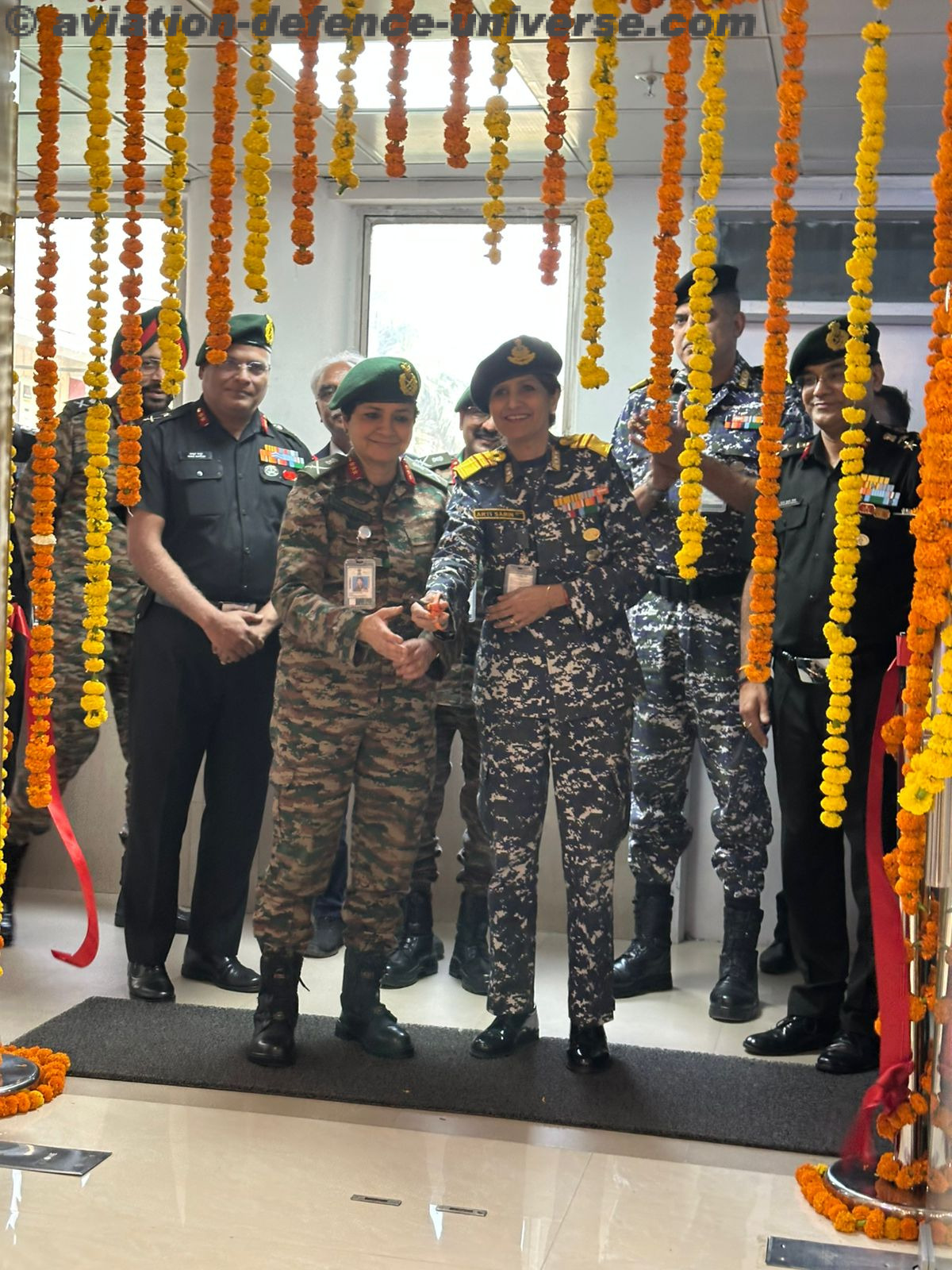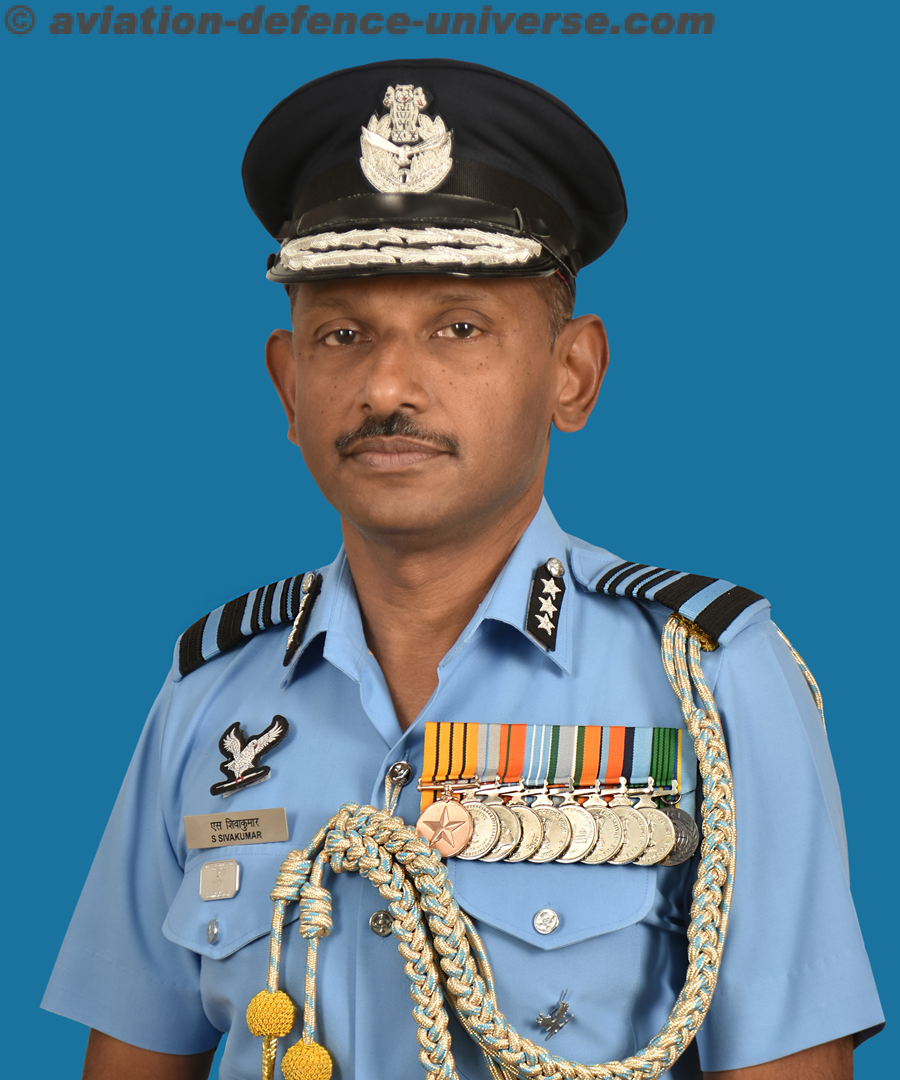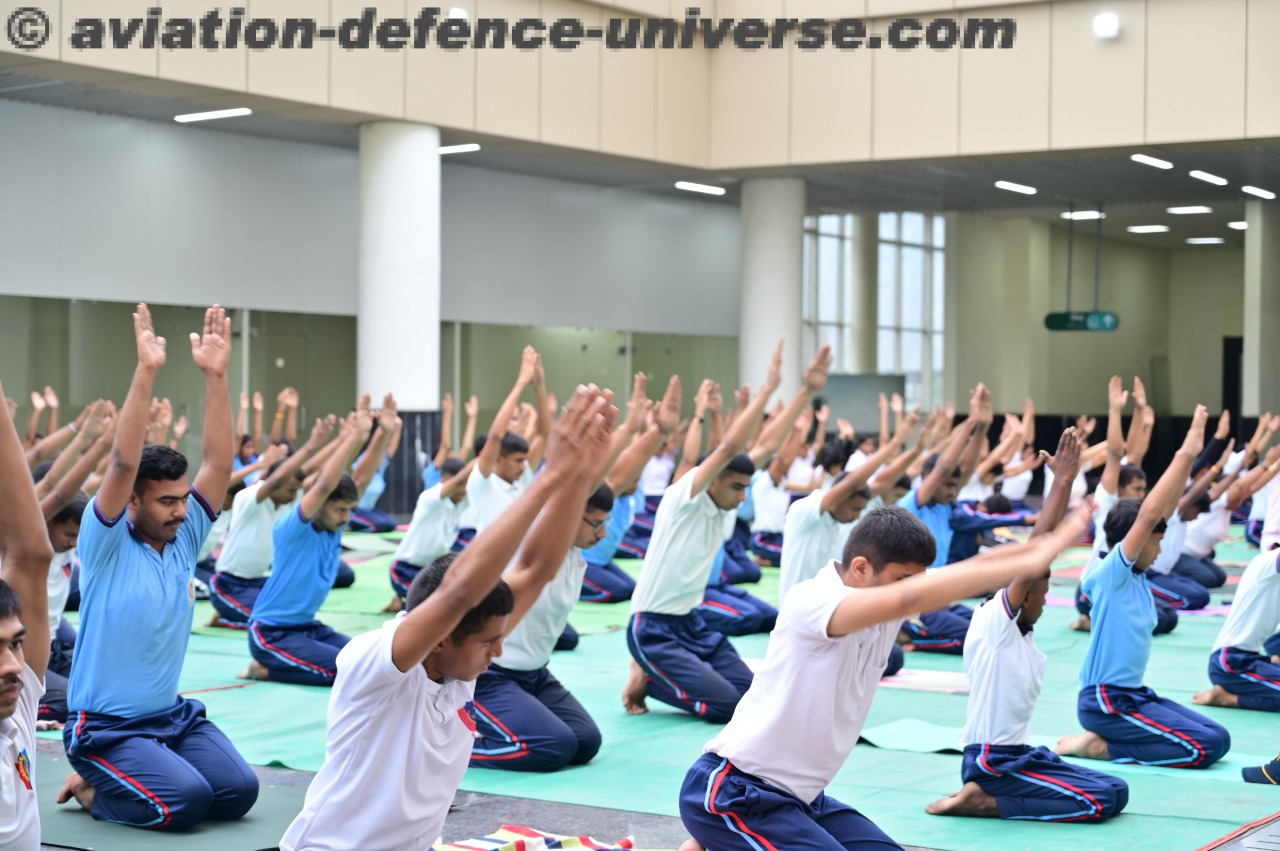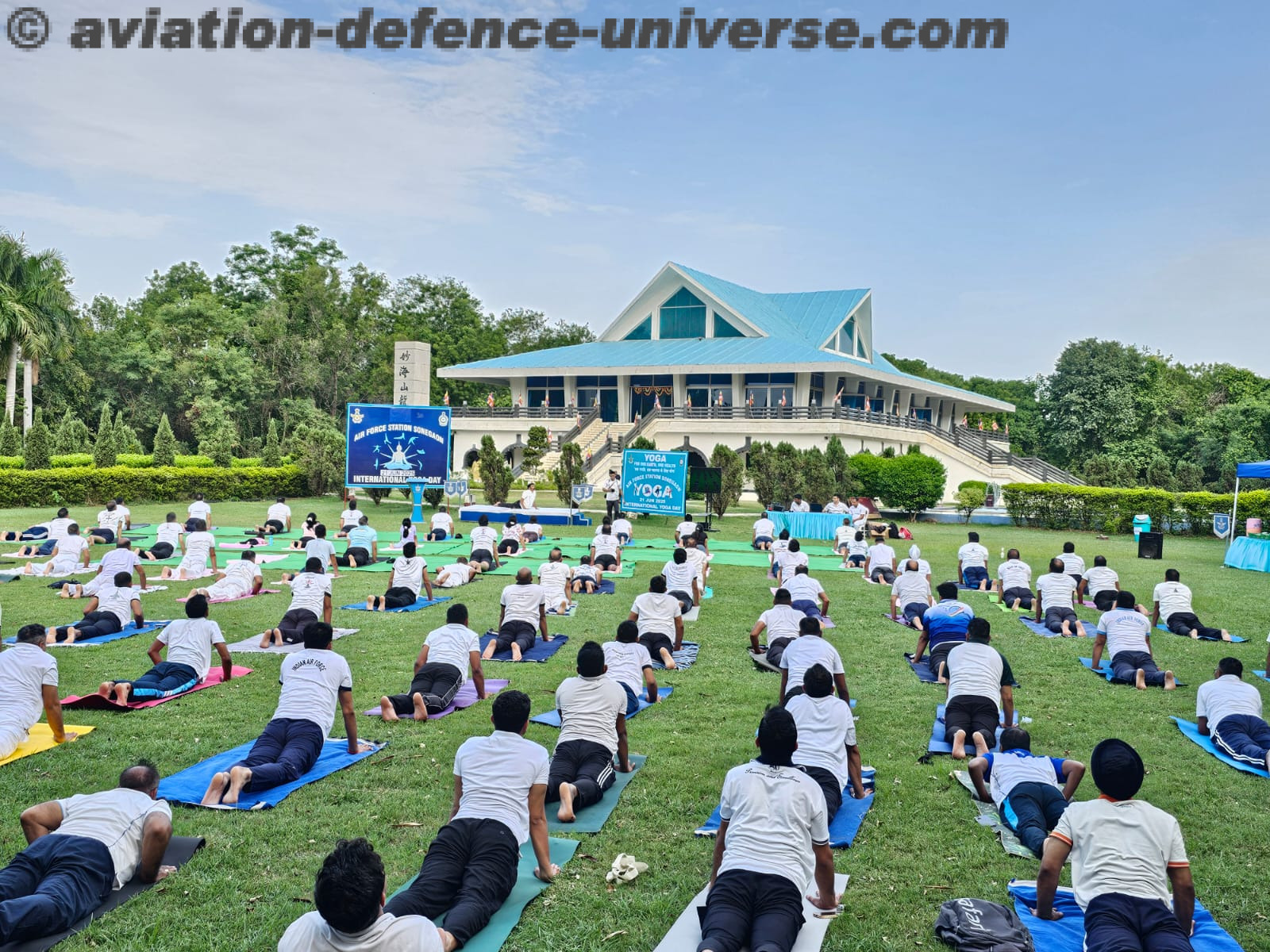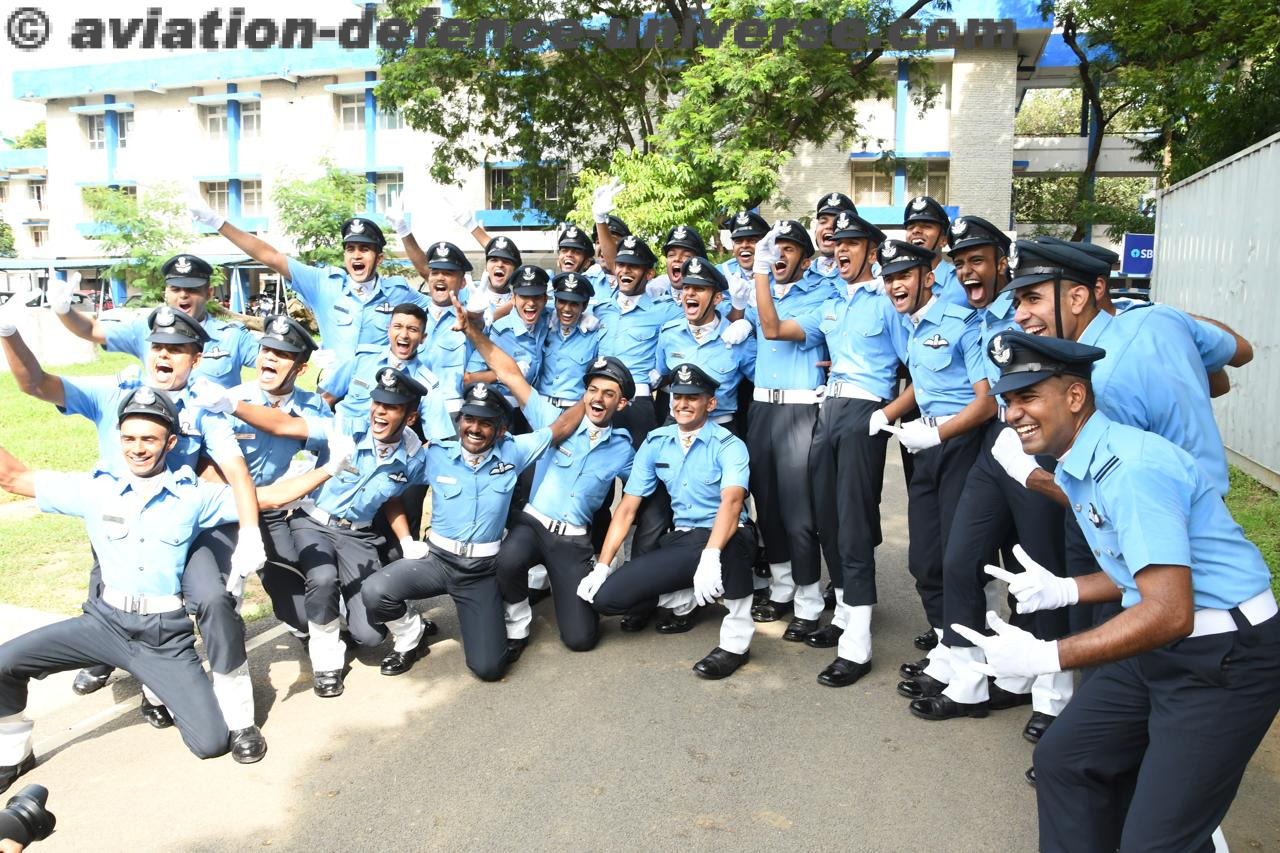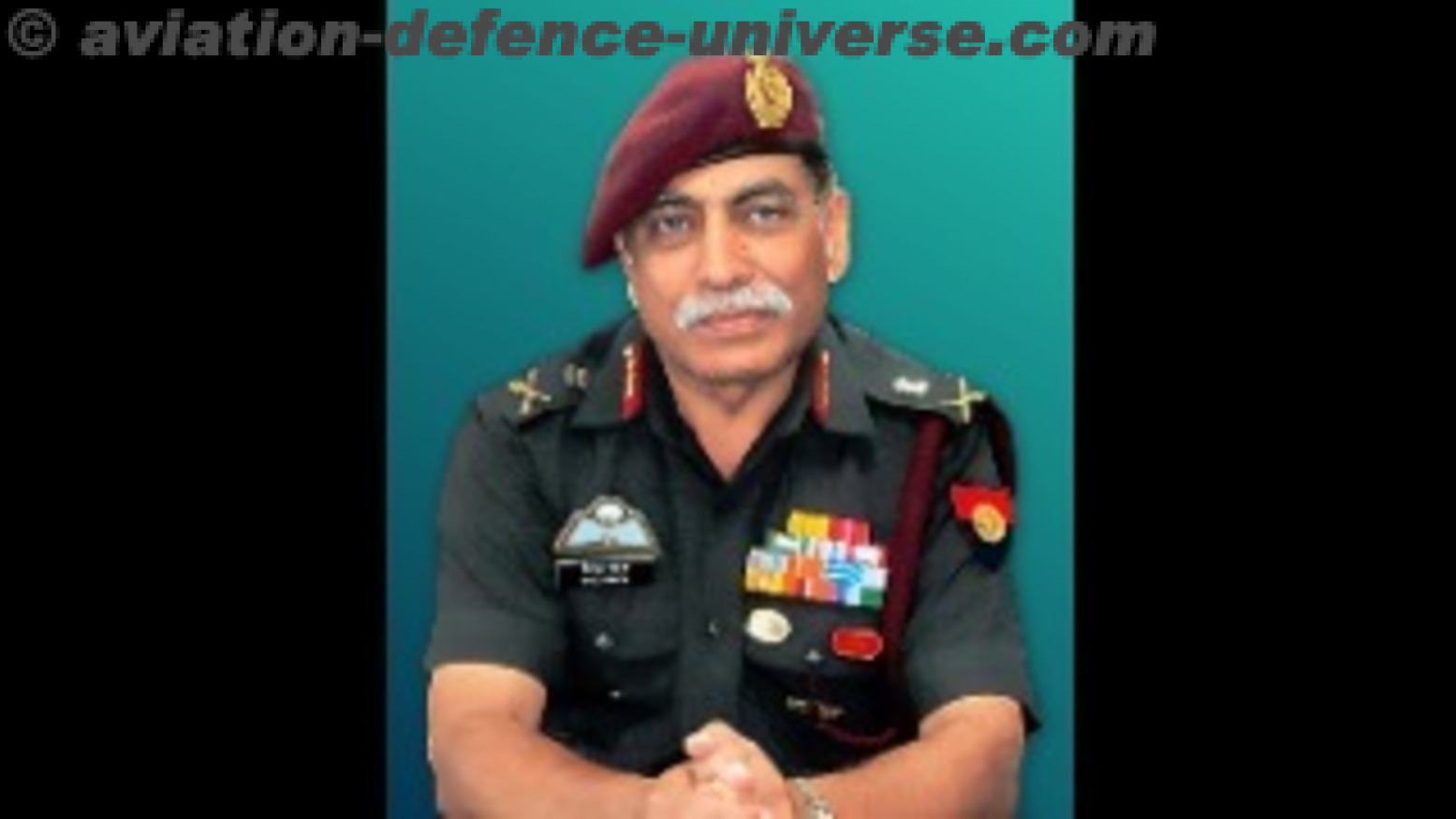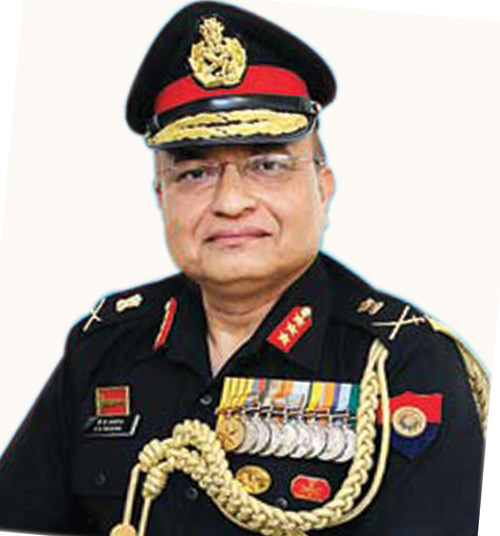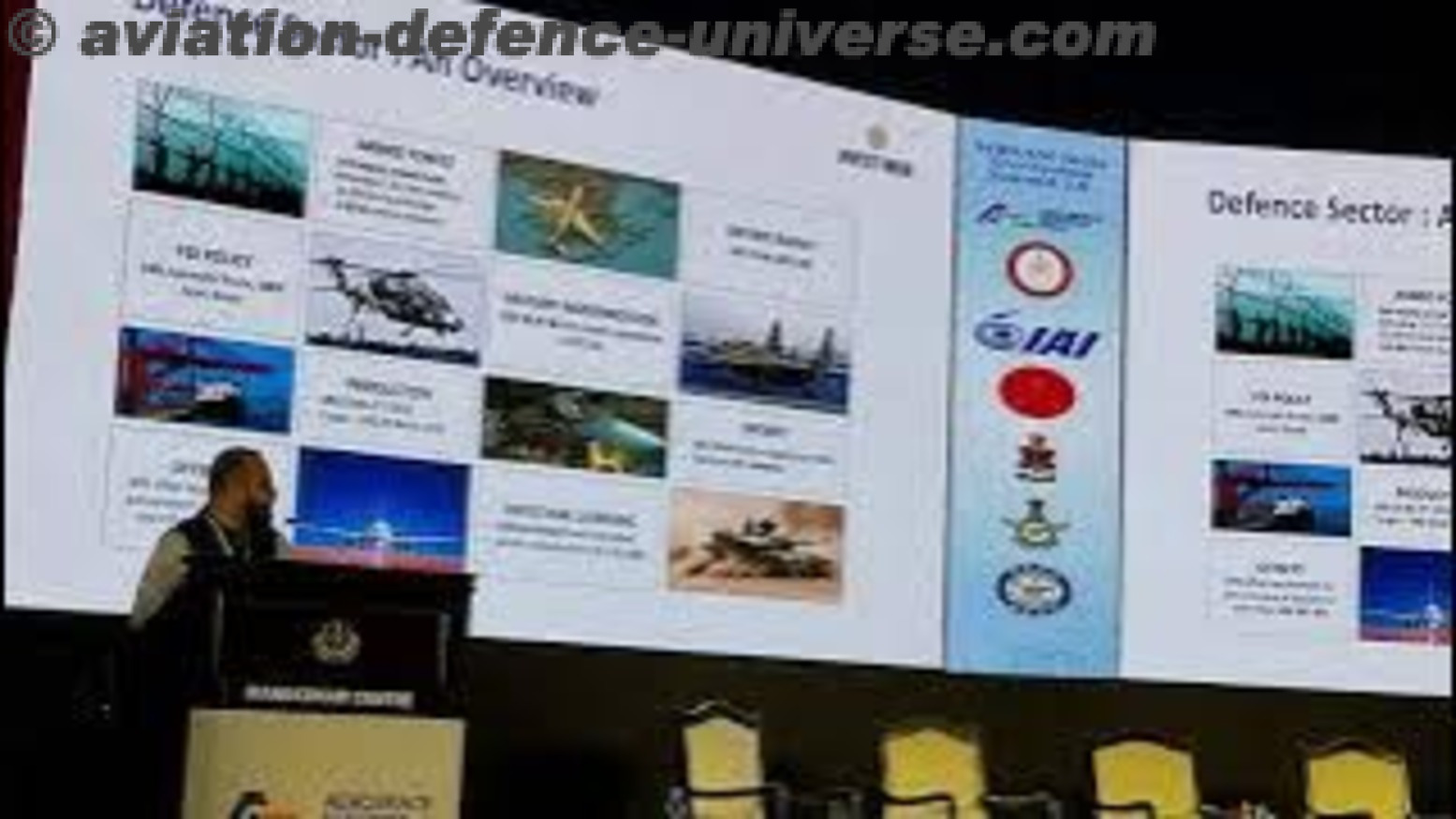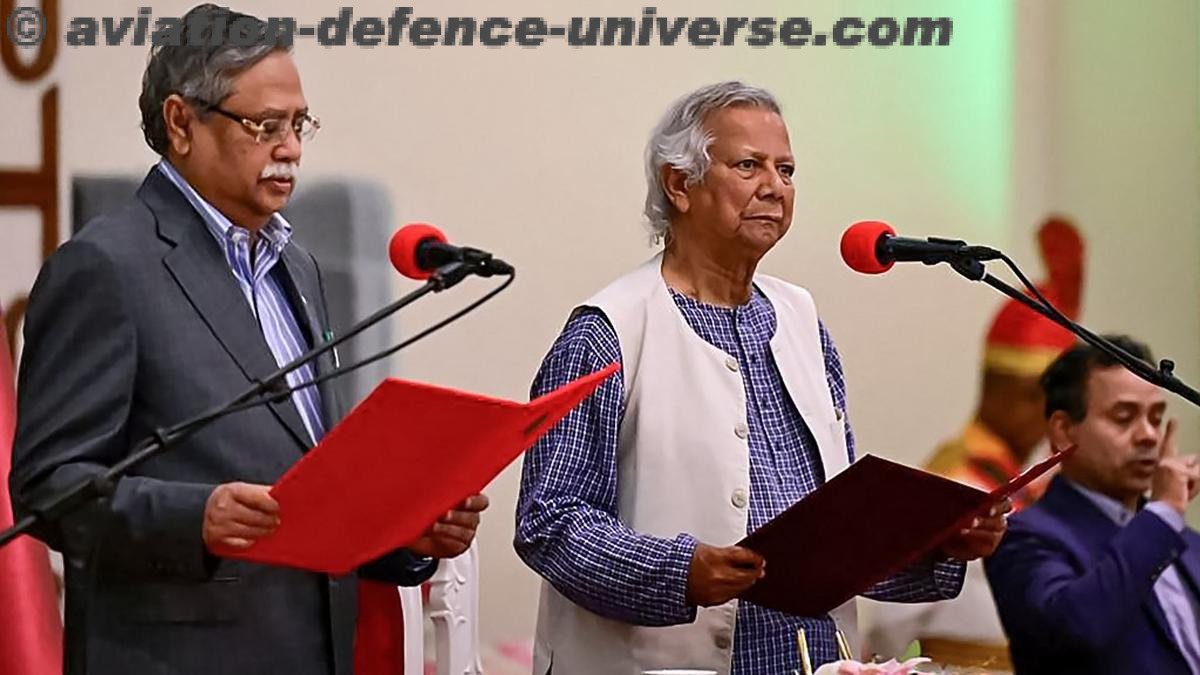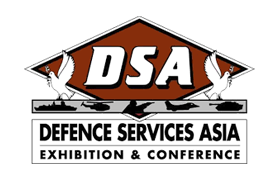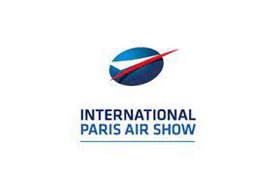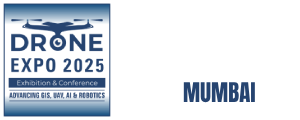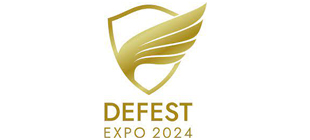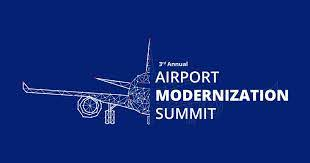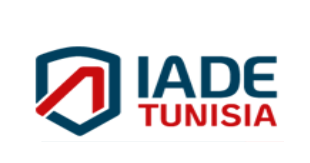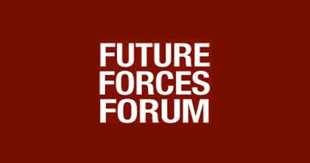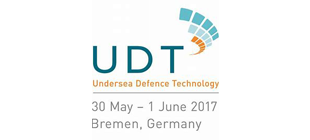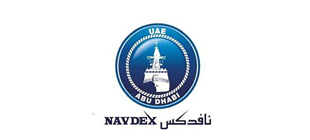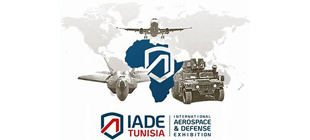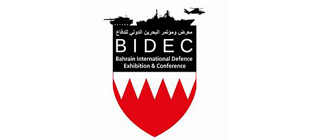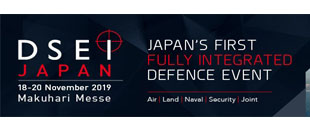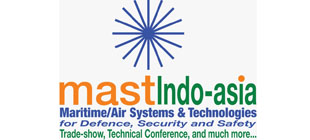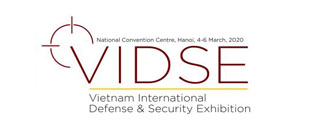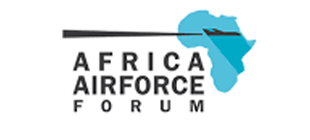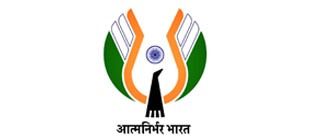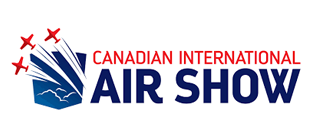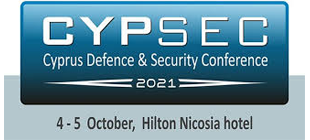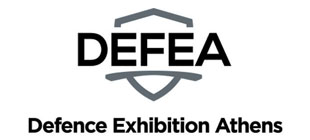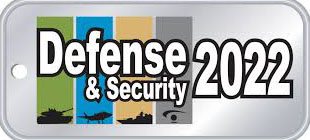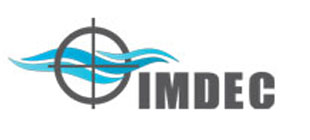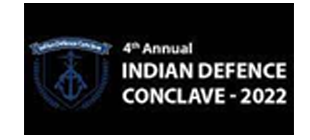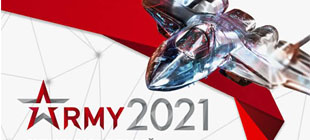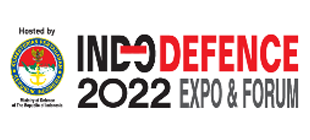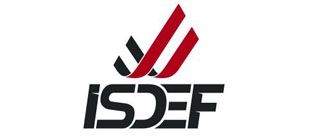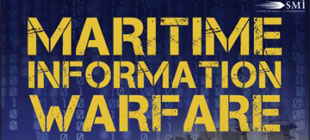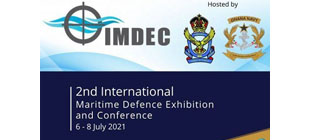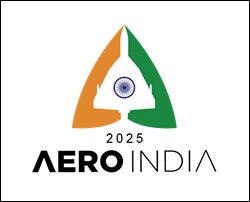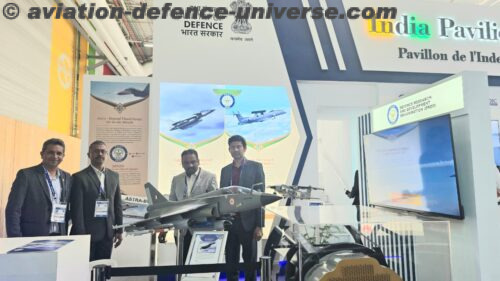
- Highlights Homegrown Innovation and Global Impact
- Low Cost, High Tech : DRDO’s USP Impresses Global Audiences at Le Bourget
By Sangeeta Saxena
Le Bourget, Paris. 20 June 2025. India and France have forged a strong and evolving partnership in defence and aerospace research, underpinned by decades of strategic trust and technical cooperation. This collaboration has entered a new era with the introduction of the Horizon 2047 roadmap, which outlines ambitious plans for joint development initiatives. A key highlight is the proposed co-development of a next-generation combat aircraft engine by Safran and DRDO, along with collaborative work on propulsion systems for India’s future Multi-Role Helicopter (IMRH) programme. Moving beyond traditional technology transfers, the focus now lies on co-creation and shared innovation, including joint research, production, and intellectual property. These efforts support India’s goal of self-reliance in defence manufacturing while reinforcing France’s role as a trusted partner in shaping next-generation and defence aerospace technologies.
At the heart of the India Pavilion at the Paris Air Show 2025, two DRDO scientists Ravi Shankar S R and Veeraraghavan Sahasranaman, both Scientists ‘F’—engaged in an exclusive conversation with Aviation & Defence Universe (ADU). They reflected on DRDO’s wide-ranging exhibits, the international response, and the future direction of Indian defence R&D at one of the world’s most prestigious aerospace events.
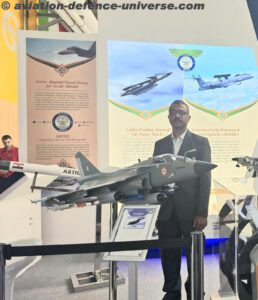 ADU. You’re part of the India Pavilion here at the Paris Air Show. How has the response been so far?
ADU. You’re part of the India Pavilion here at the Paris Air Show. How has the response been so far?
Ravi Shankar S R. Initially, the response was lukewarm, perhaps due to the placement of our section. But as the show progressed, we saw a steady increase in engagement. Many visitors showed serious interest in our systems—especially those based on radar and avionics technologies.
ADU. What systems and technologies has DRDO showcased here?
Ravi Shankar S R. We’ve brought a diverse set of exhibits. From Aeronautical Development Establishment (ADE), we are showcasing our LCA Tejas models—specifically the Airborne Radar and Line Replaceable Units (LRUs) associated with the aircraft.
Veeraraghavan Sahasranaman. From our end, we’ve included the AEW&C system model—Netra—along with Astra, our Beyond Visual Range (BVR) air-to-air missile. We’ve also displayed a model of the mid-life upgrade of the Dornier aircraft, featuring multiple sensors and integrated electronics systems.
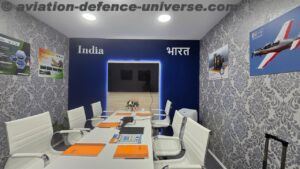 ADU. That’s a strong lineup. What kind of interest have you seen from foreign delegations, especially European countries?
ADU. That’s a strong lineup. What kind of interest have you seen from foreign delegations, especially European countries?
Veeraraghavan Sahasranaman. Quite a bit. We’ve had visits from air forces of countries like Poland and even officials from the French defence establishment. They were particularly interested in our airborne systems and were quite surprised by the cost-effective solutions we’ve developed.
Ravi Shankar S R. Yes, that cost-performance ratio is something that drew attention. Internationally, similar products tend to cost one or even two orders of magnitude more. So, when they see our pricing, it’s a major eye-opener.
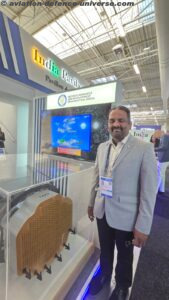 ADU. That affordability really is India’s strength. How has the ongoing global geopolitical climate impacted the interest in DRDO products?
ADU. That affordability really is India’s strength. How has the ongoing global geopolitical climate impacted the interest in DRDO products?
Veeraraghavan Sahasranaman. There’s definitely heightened awareness. With India’s growing defence stature and visible use of these systems in recent operations—many of which were widely reported in the international media—there’s a buzz about India’s indigenous capabilities.
ADU. Have you had a chance to explore the rest of the show and look at emerging technologies?
Ravi Shankar S R. Yes, we split into domain-focused groups and made it a point to explore innovations relevant to our fields. The official Paris Air Show app made navigation easy, and it’s something we should look into replicating for Indian aerospace events too.
ADU. How has the event been for DRDO so far?
Ravi Shankar S R. Once the interest picked up from Day 2, there has been a lot of footfall and engagement, especially around our Tejas Mk-2, Netra AWACS, Astra missile, and mid-life upgrade of the Dornier with advanced electronic warfare and radar systems. Visitors from countries like Poland and France were genuinely surprised by our systems’ technological sophistication at highly competitive costs — that remains a key strength and USP of Indian defence R&D.
ADU. What futuristic technologies impressed you here at Paris?
Veeraraghavan Sahasranaman. There’s a significant global shift toward unmanned systems and AI integration. While we’re making strides, we need to shift gears to stay competitive. AI, especially, is gaining traction — and though defence adoption lags behind civil sectors, it’s becoming increasingly relevant. We saw some impressive AI use cases and faithful wingman concepts — manned aircraft with autonomous drone partners — that we must pursue more aggressively.
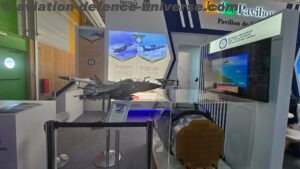 ADU. How does India’s signals and communications technology stand up to European systems?
ADU. How does India’s signals and communications technology stand up to European systems?
Ravi Shankar S R. We’re absolutely at par technologically. In fact, Indian industries already manufacture components for some European radars. Our TR modules for AESA radar match global standards. What we need is to scale up with a larger pool of vendors and supply chain partners to meet growing demand.
ADU. Are there international collaborations or technology transfers in the pipeline?
Veeraraghavan Sahasranaman. Most engagement happens through offsets or via government-to-government initiatives. However, many smaller nations are looking to DRDO for affordable, effective systems. We act as an interface, helping them understand system capabilities and connecting them to our Indian industry partners.
ADU. Were there inquiries about the LCA Tejas?
Ravi Shankar S R. Yes, but more curiosity than procurement. Questions included whether Tejas Mk-2 would match the Rafale. Our response. It’ll be better. Interest is increasing, especially post-Operation Sindoor, where Indian systems like BrahMos and Scalp missiles stood out globally.
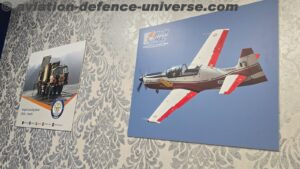 ADU. Did the show spring some surprises on you?
ADU. Did the show spring some surprises on you?
Ravi Shankar S R. Yes we surprisingly met some Indian partners who we didn’t know were doing this kind of work in India. So, we asked, are you in India? Are you doing the same thing? So they answered in yes and told us they had been supplying here. We never met them in India but the show in Paris here has many such Indian startups and MSMEs who are doing such good work here but we do not know. It is a great place to connect.
Over the past ten years, DRDO has seen exponential growth in innovation, self-reliance, and international outreach. From developing advanced fighter aircraft systems to missiles like Astra and Akash, and radar technologies like Swathi, the organization has transformed into a symbol of India’s technological ambitions. This decade also marked DRDO’s increased role in supporting private sector integration and exporting Indian defence solutions abroad.
DRDO’s presence at the Paris Air Show 2025 not only highlights India’s self-reliance in defence R&D but also opens doors for deeper global collaboration. As Ravi Shankar S R and Veeraraghavan Sahasranaman eloquently shared, India’s cost-effective, high-performance systems have earned growing recognition. The event proved to be more than a showcase—it was a launchpad for the next phase of Indo-global defence synergy.
As told to Sangeeta Saxena



